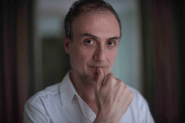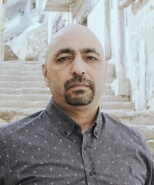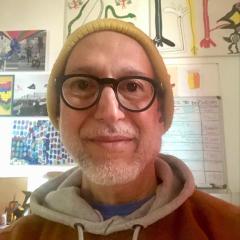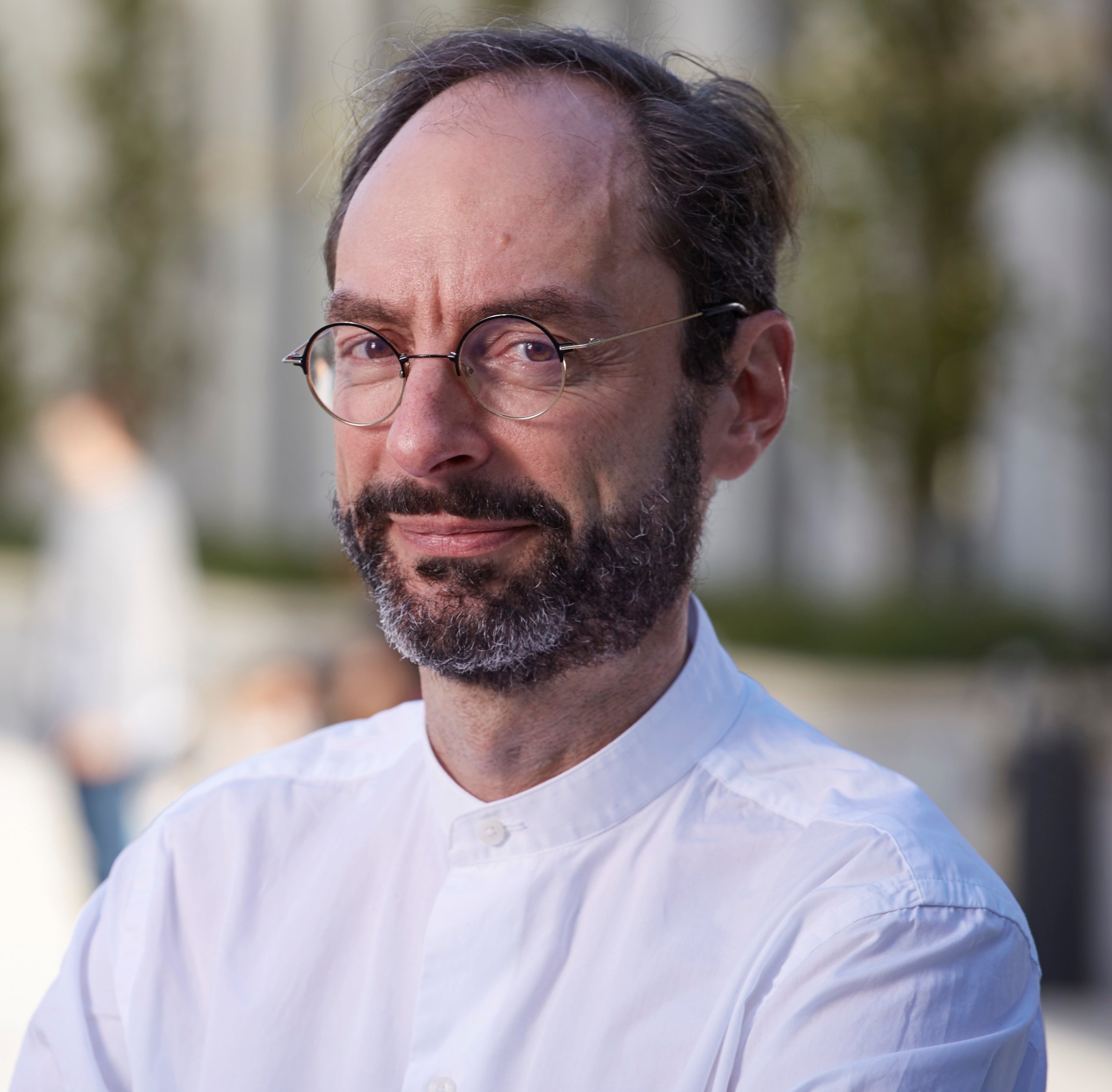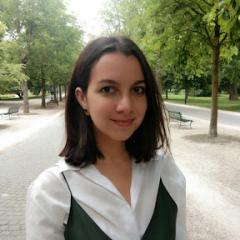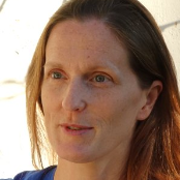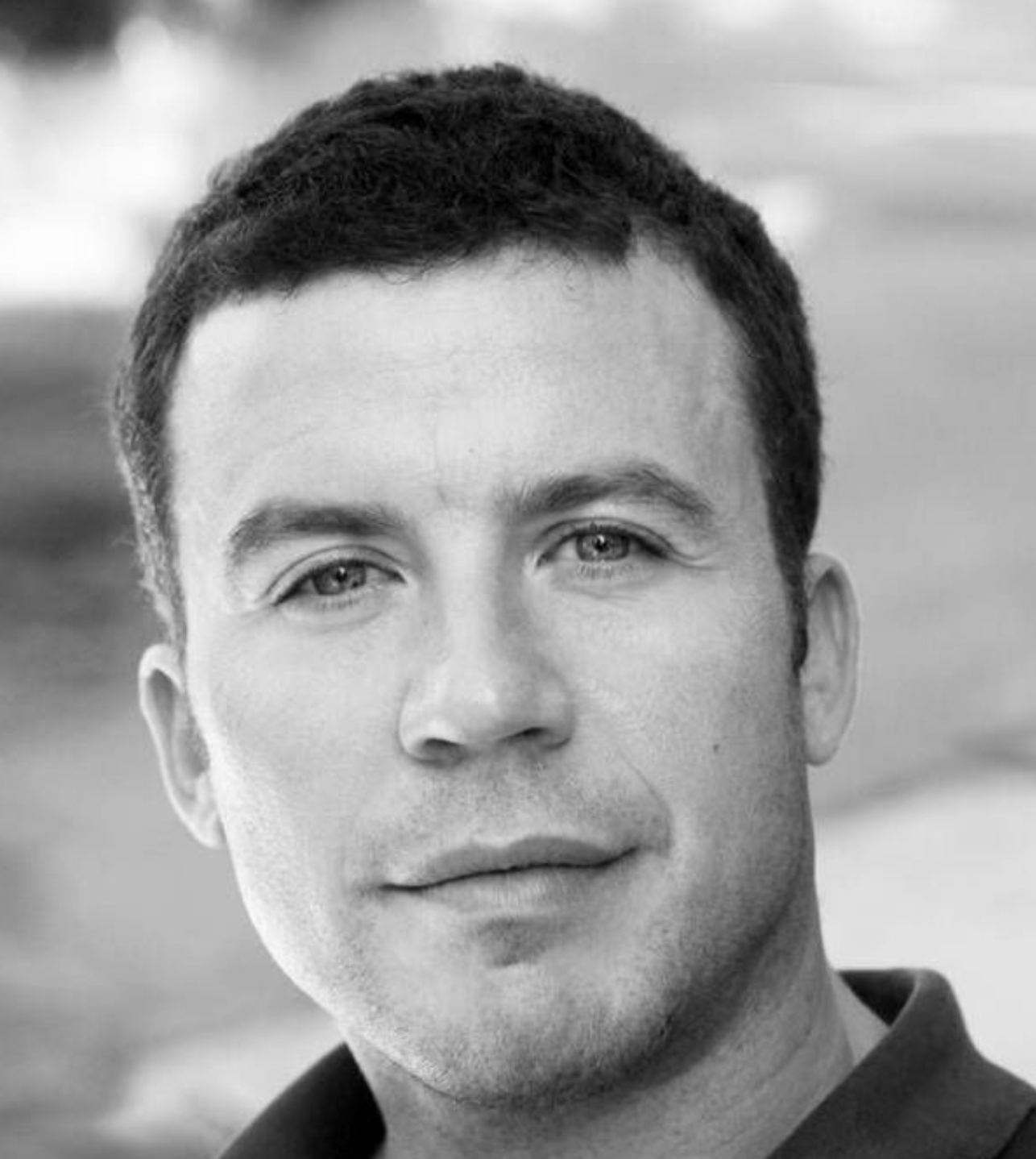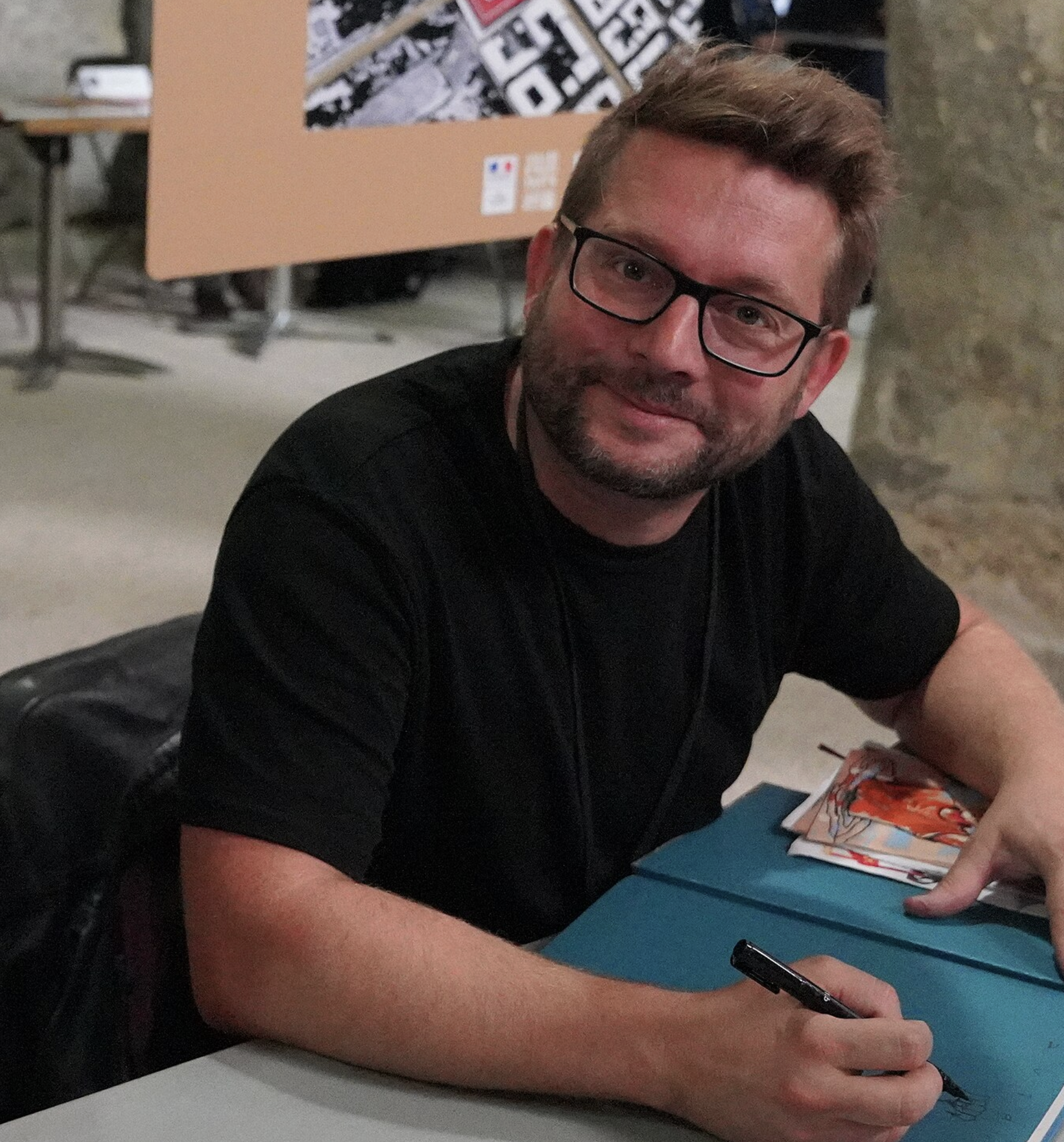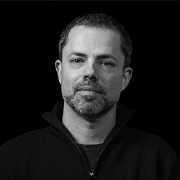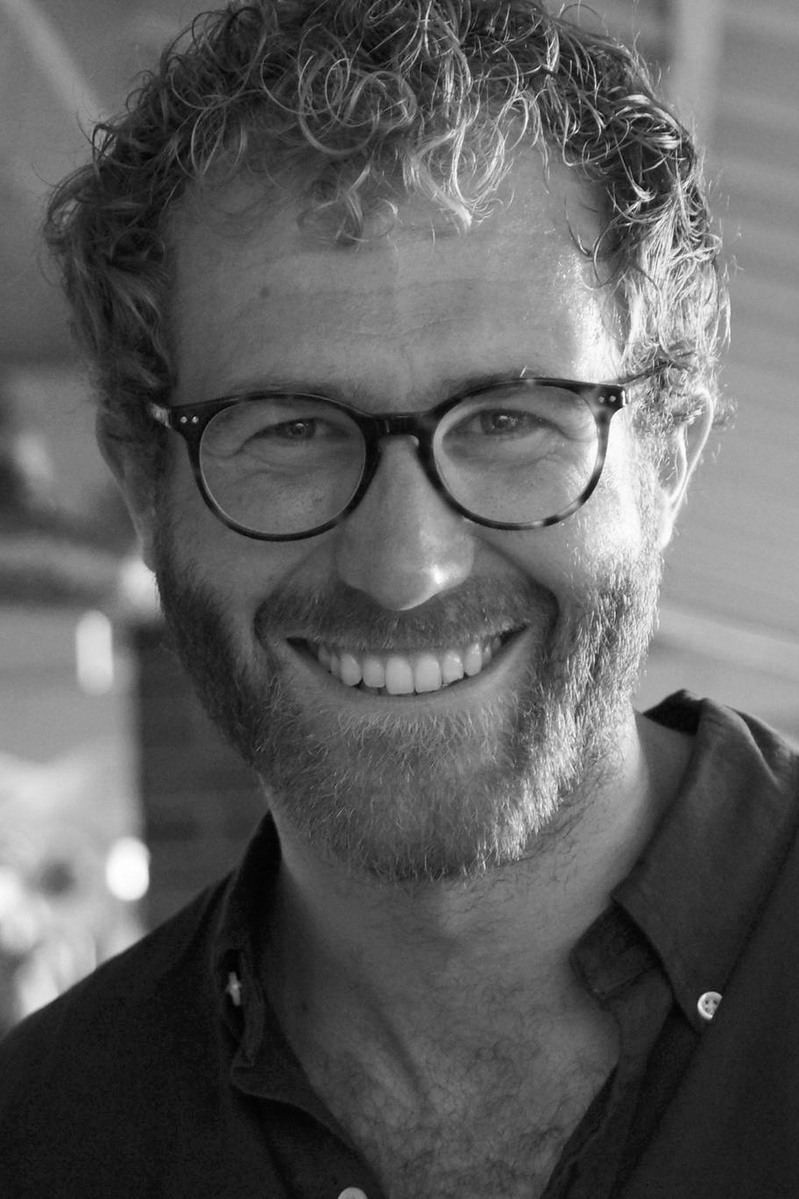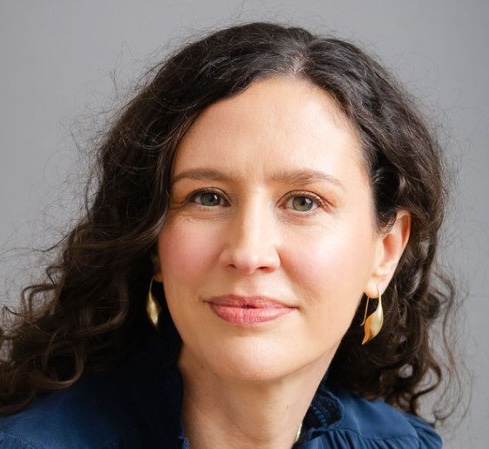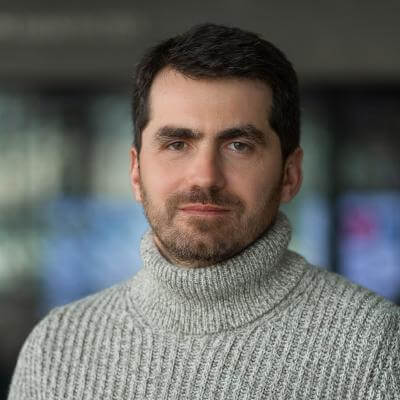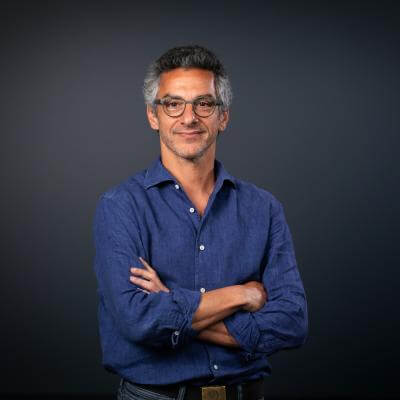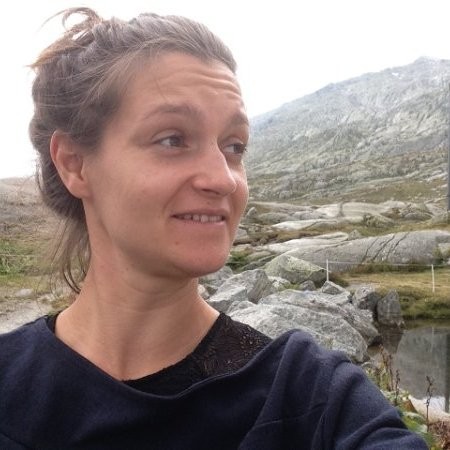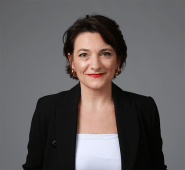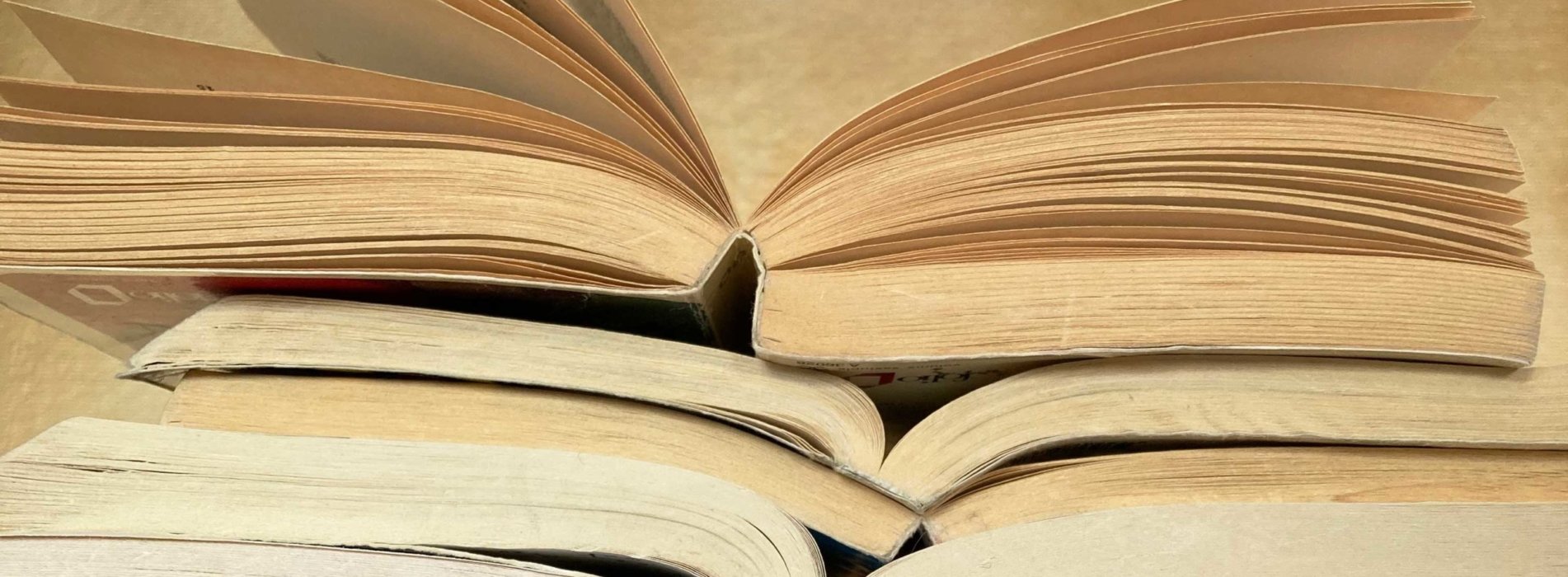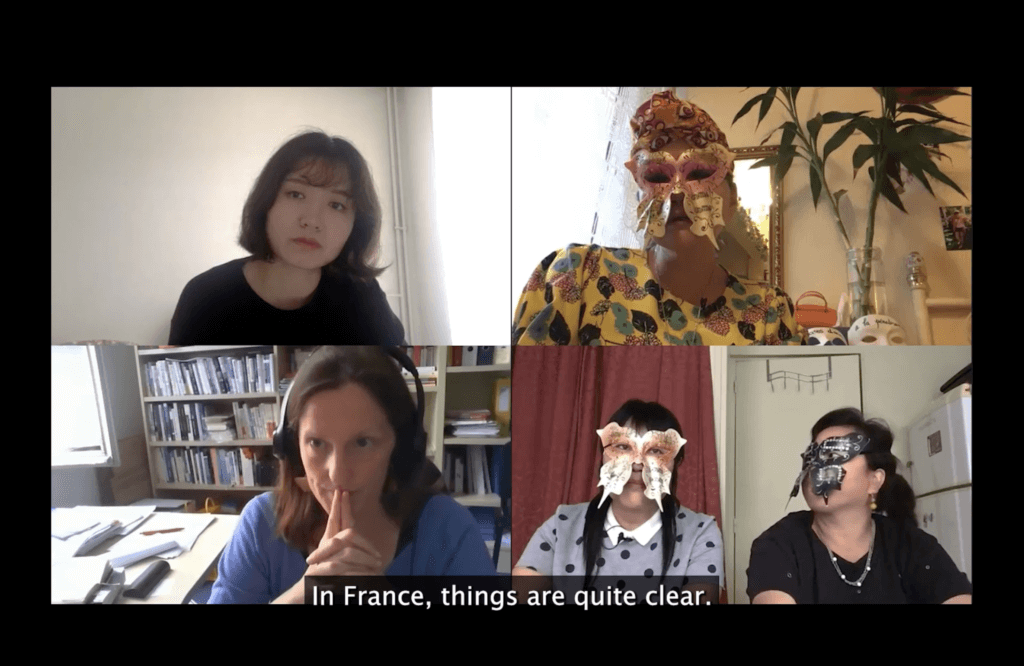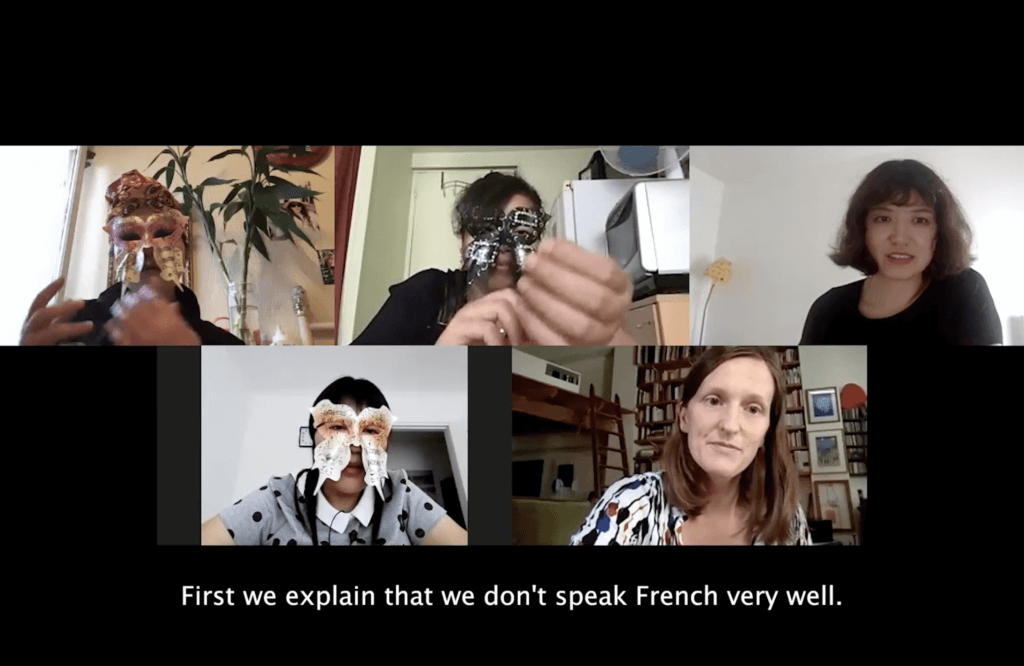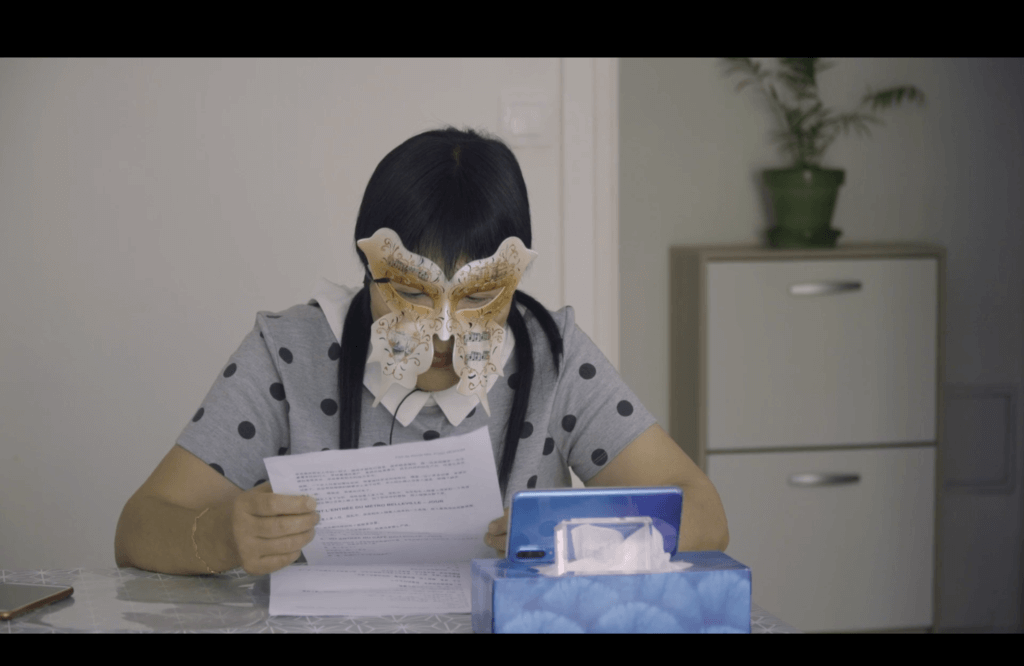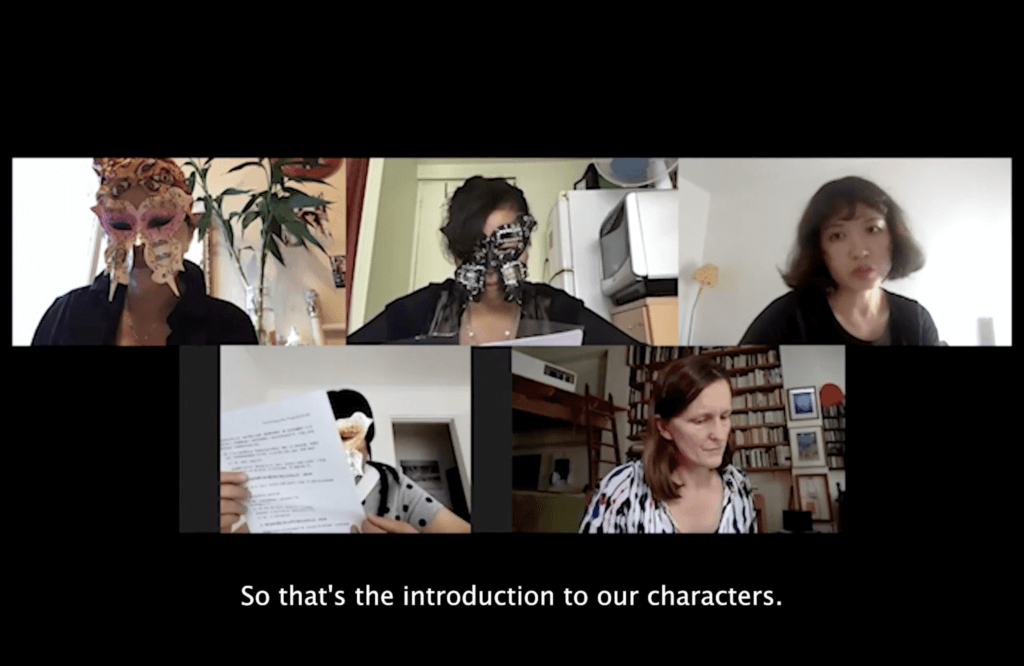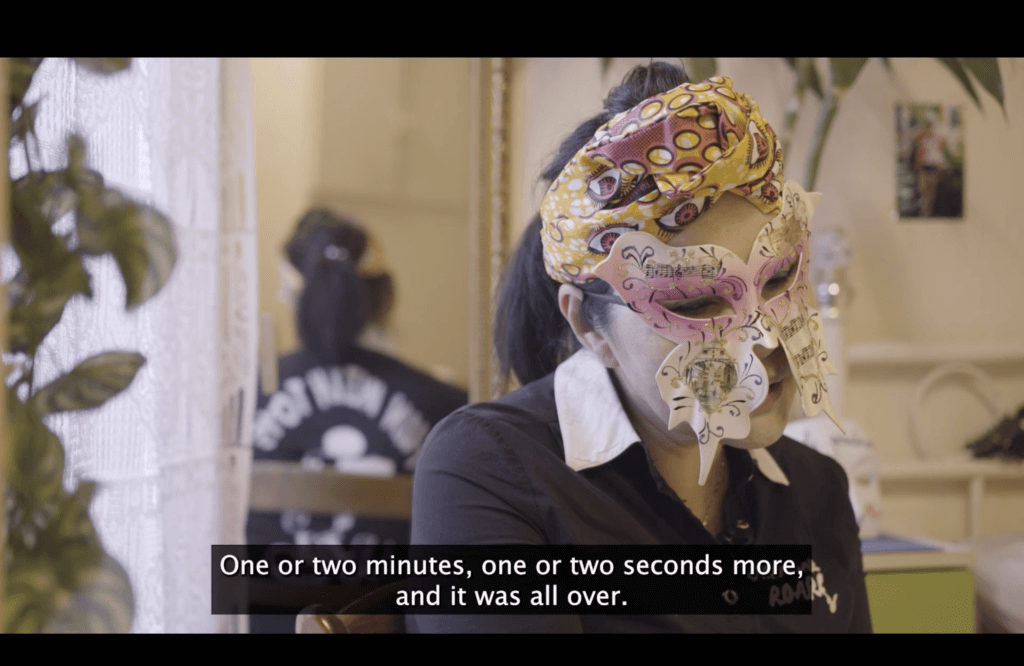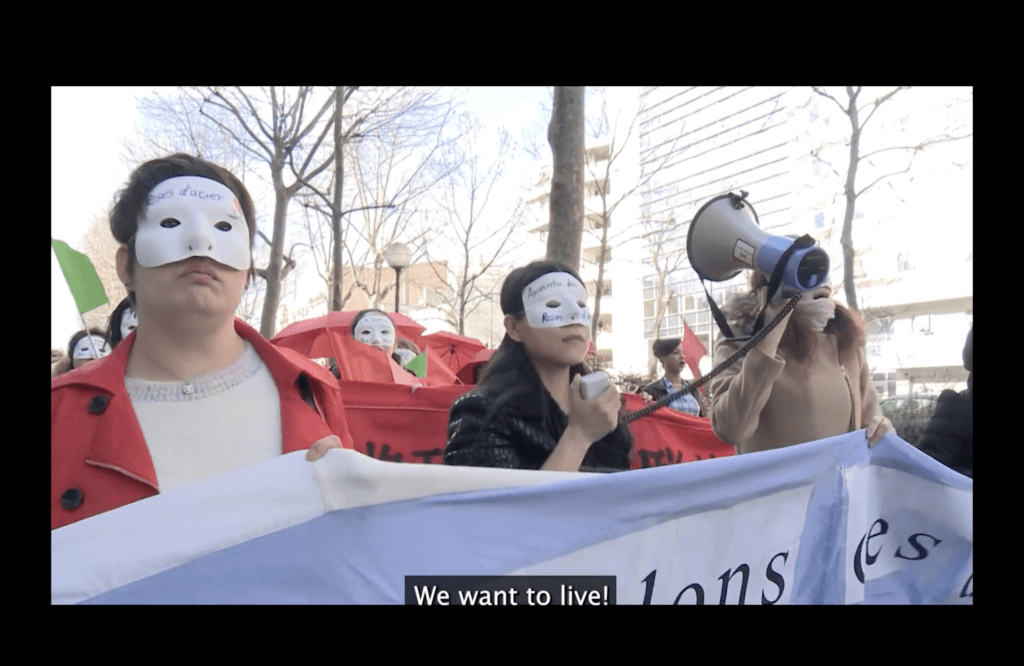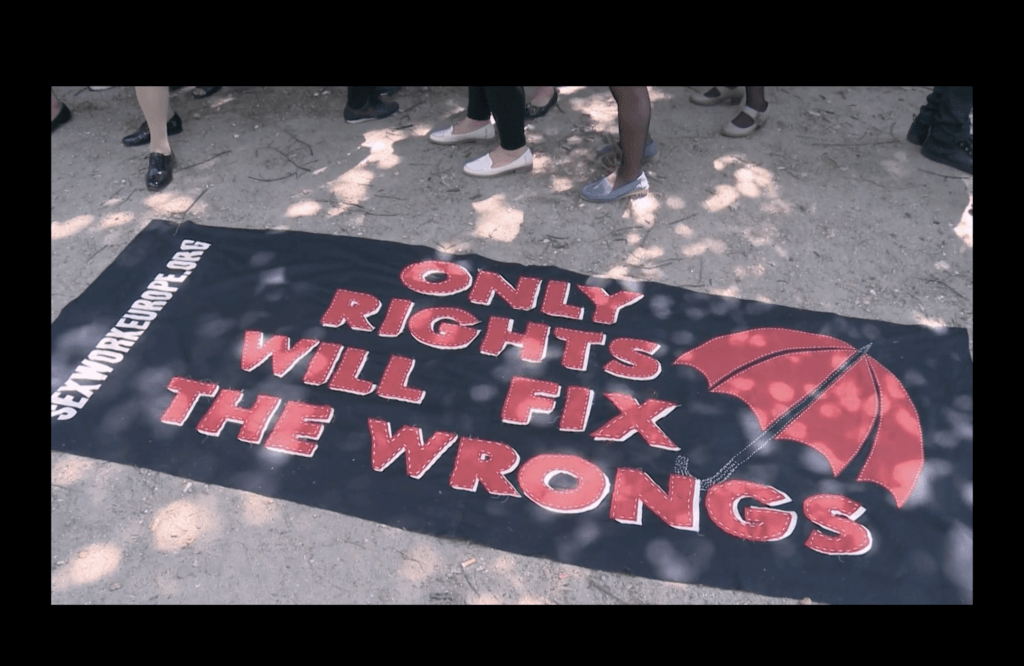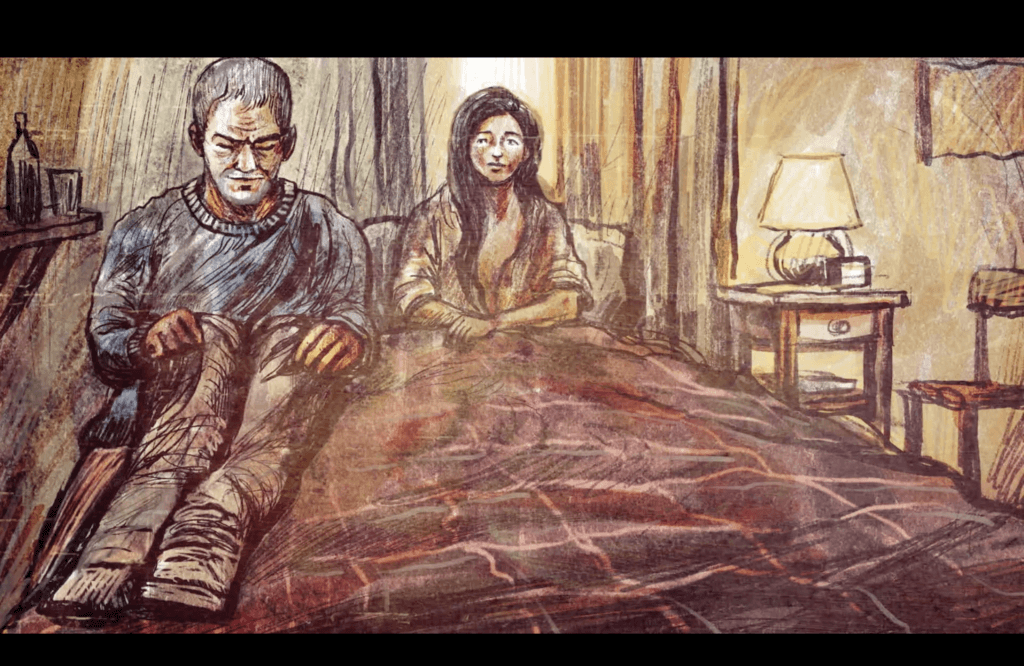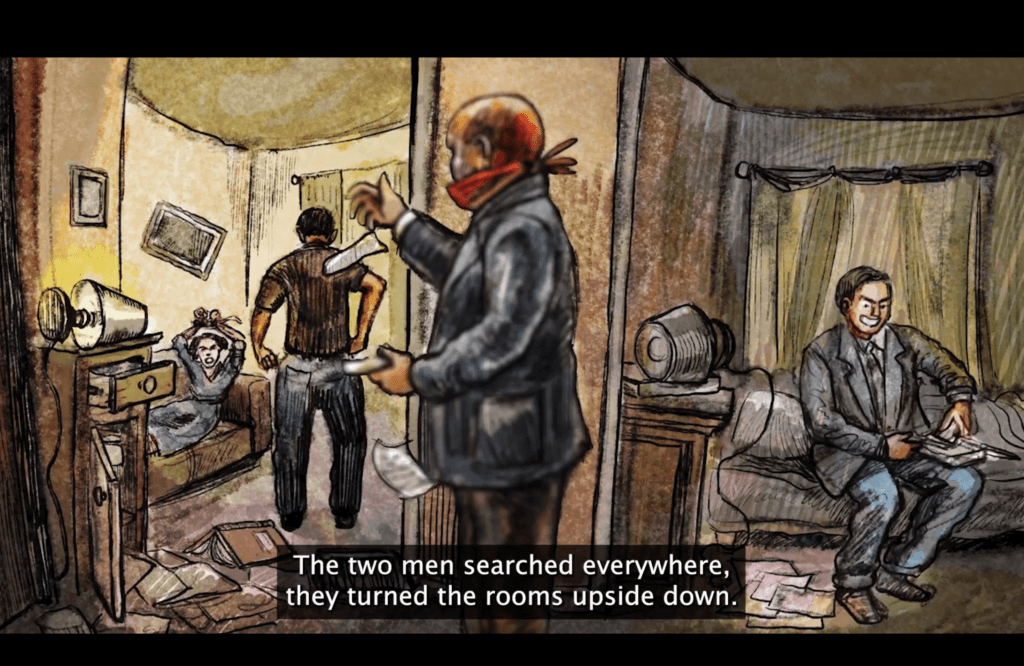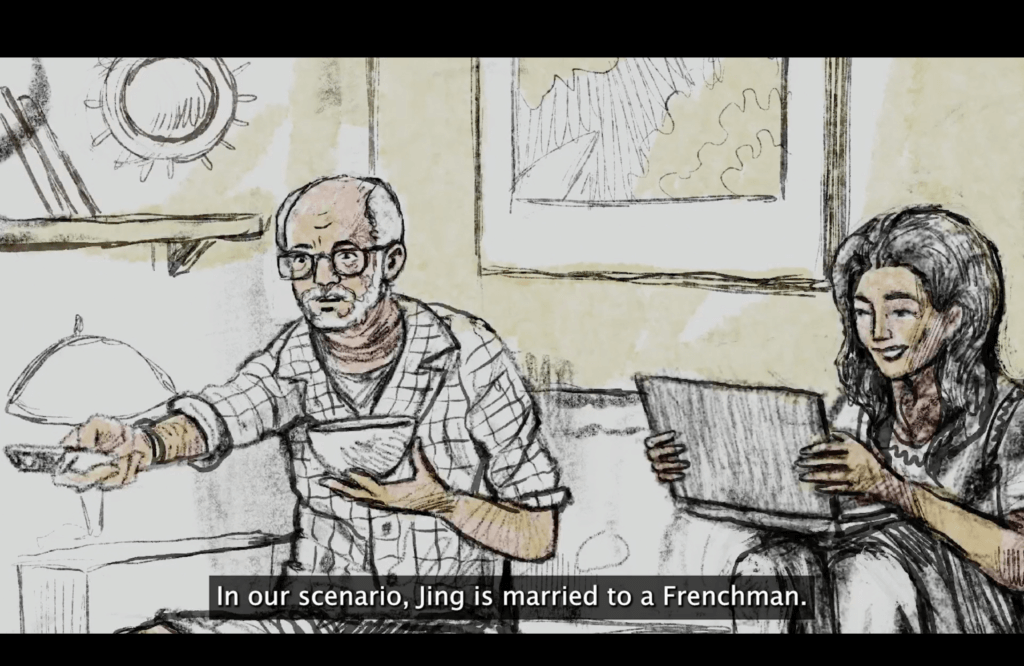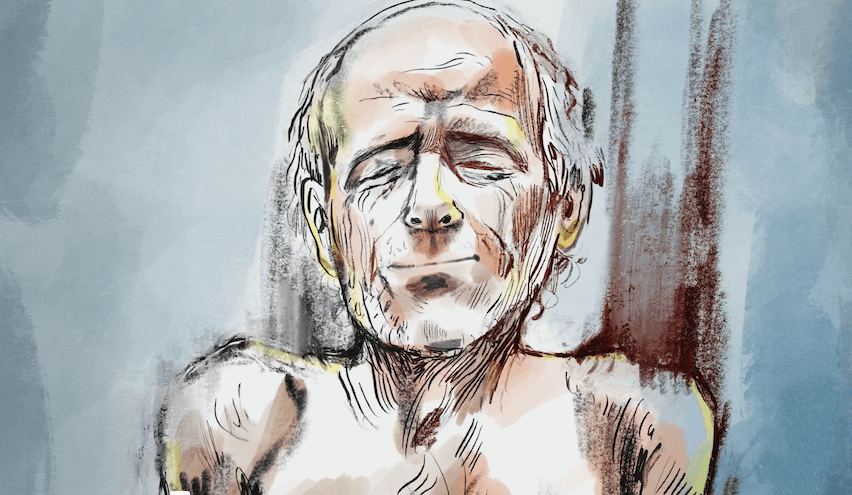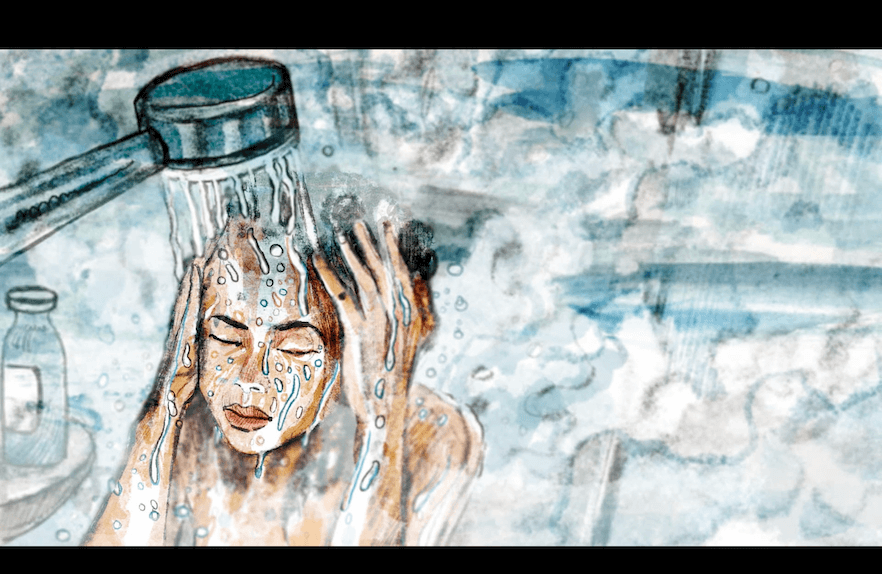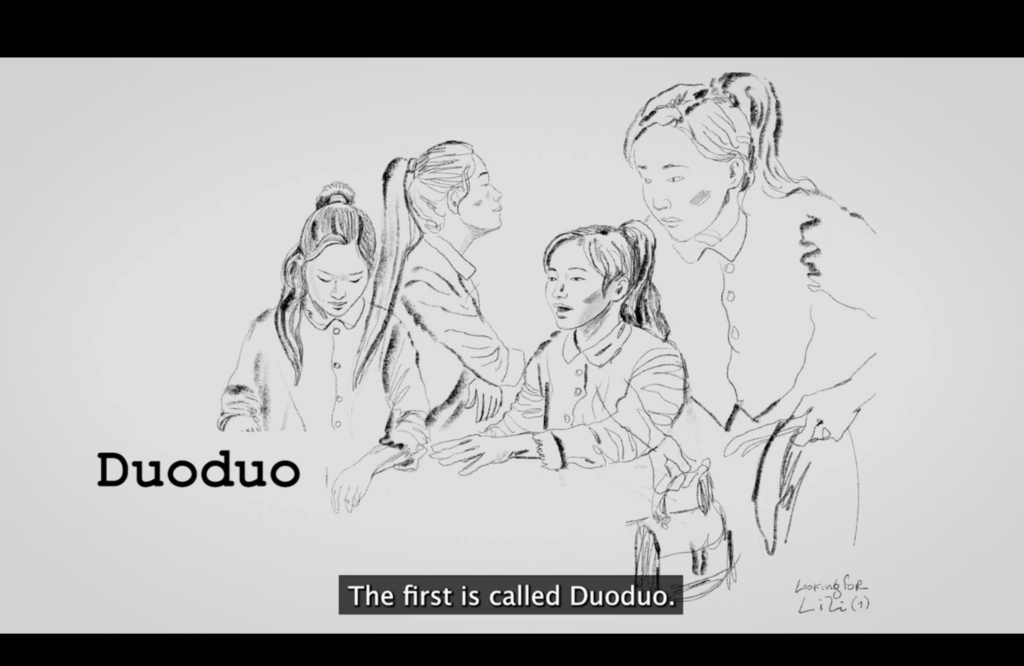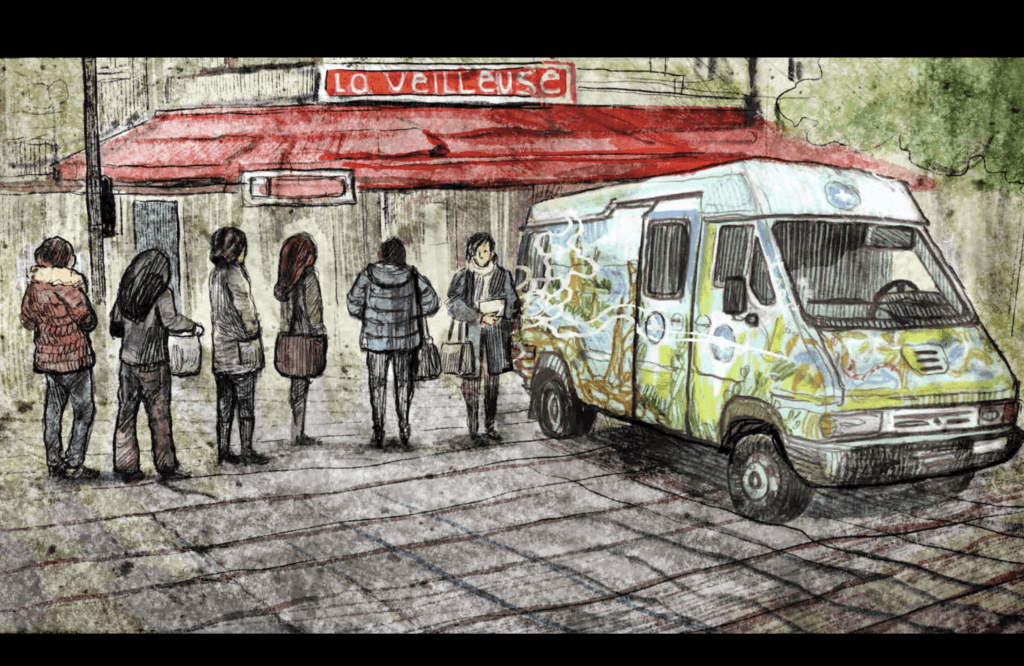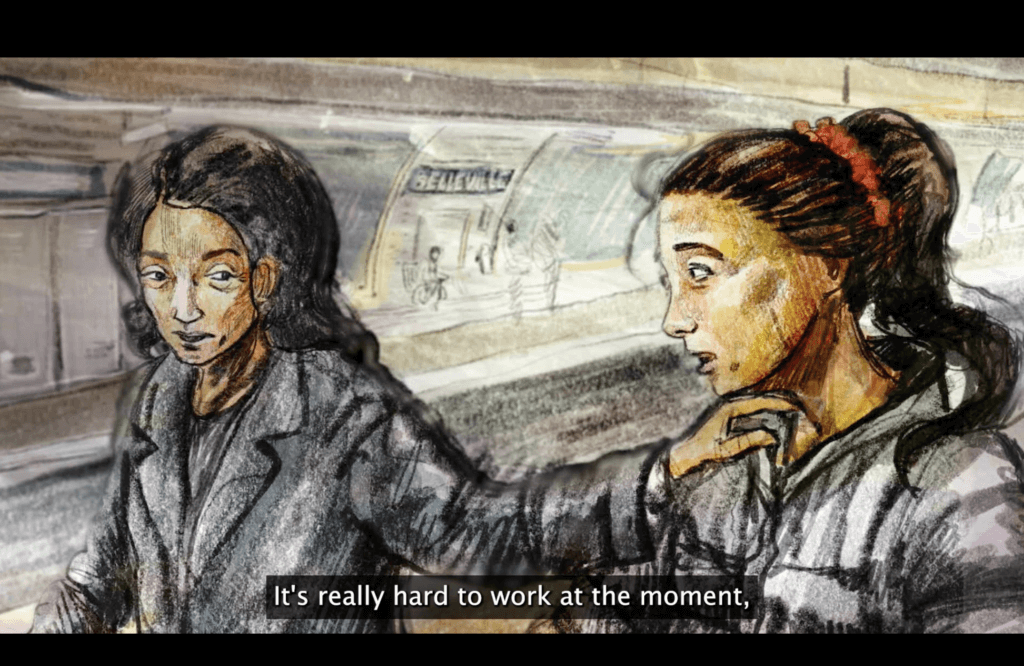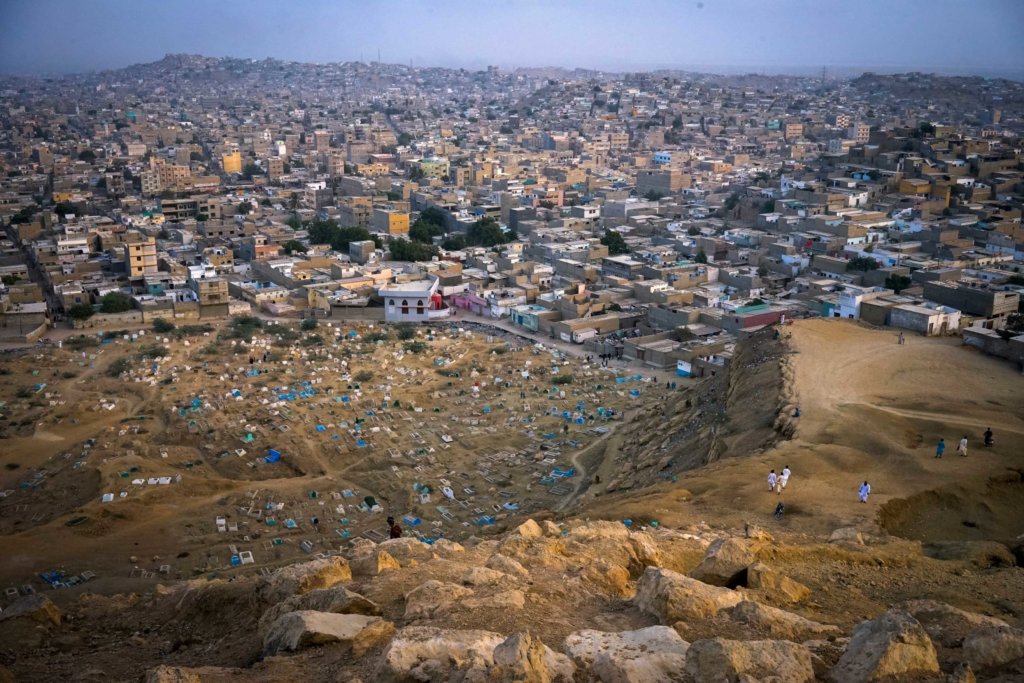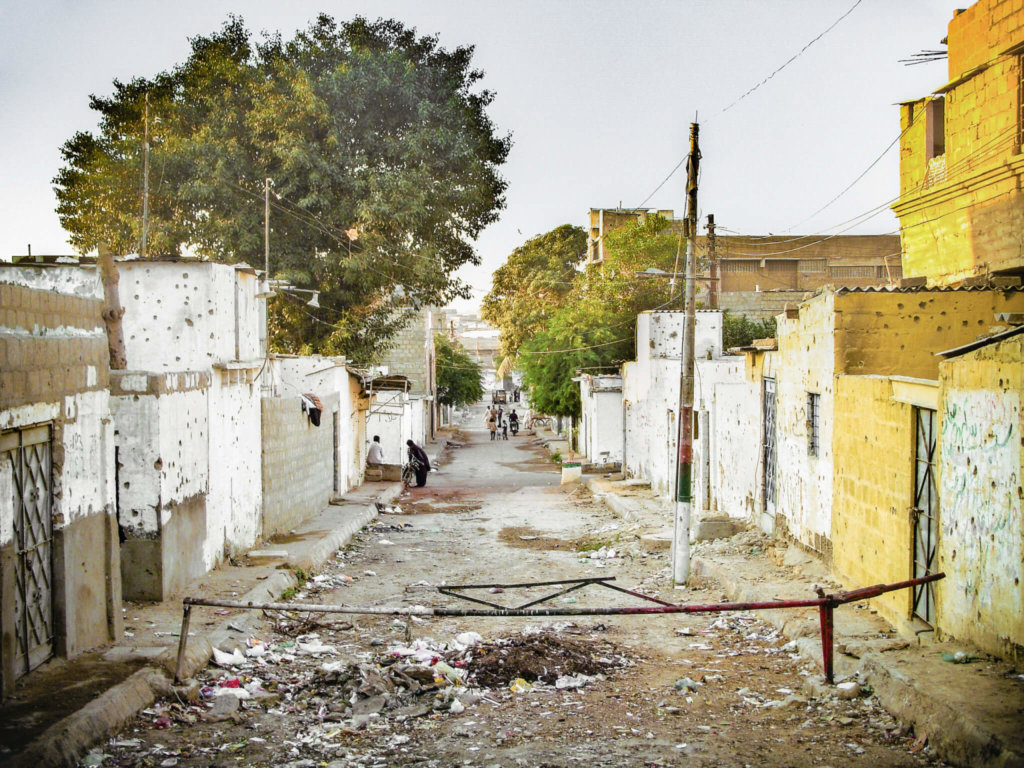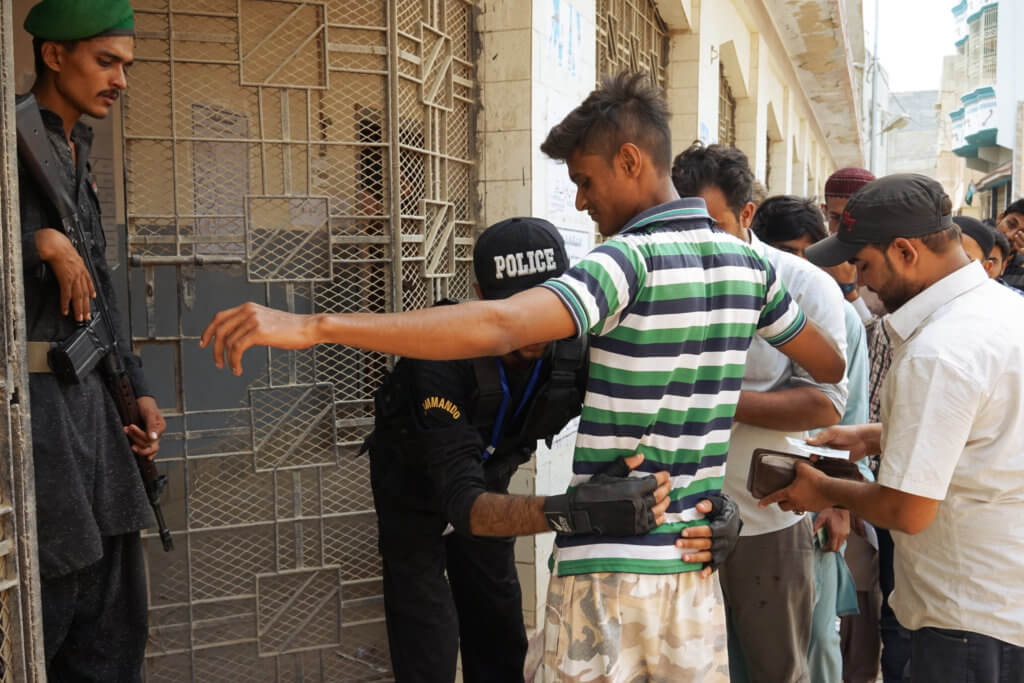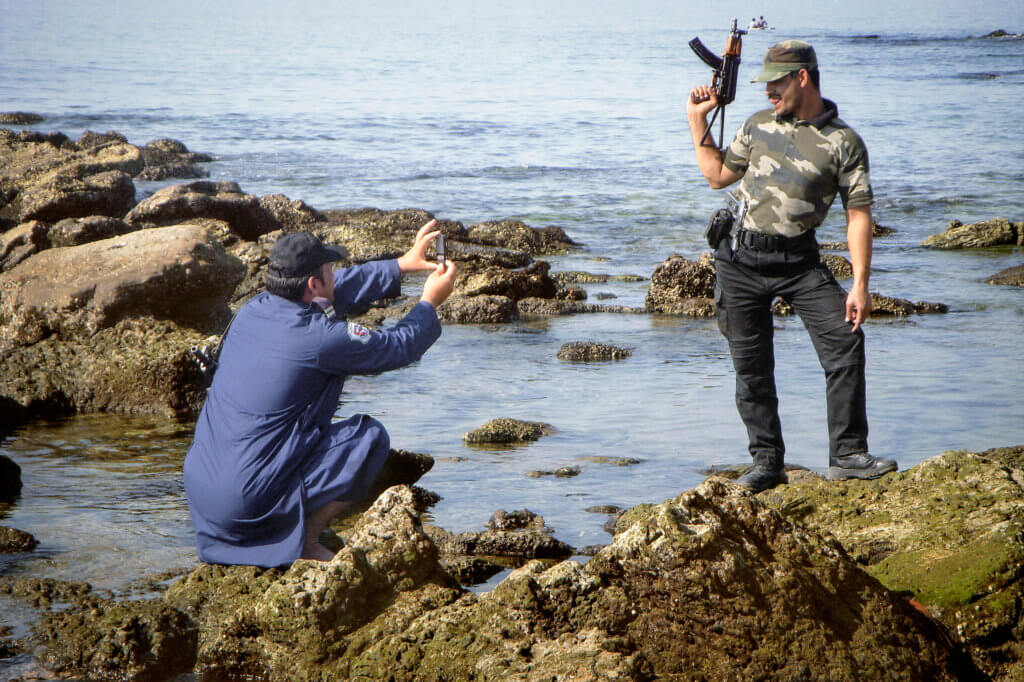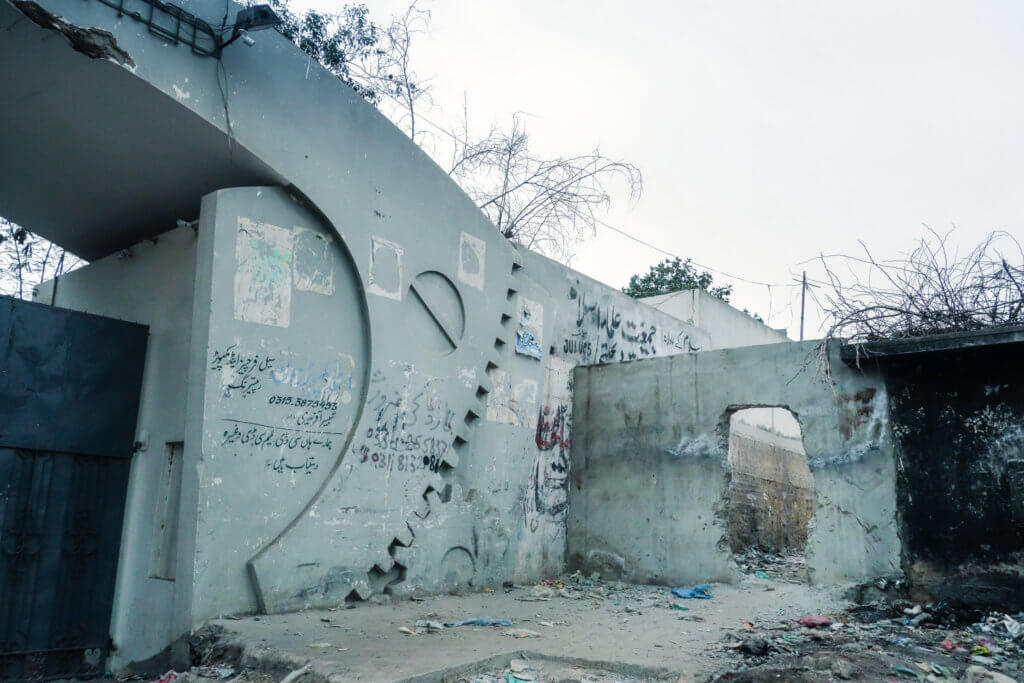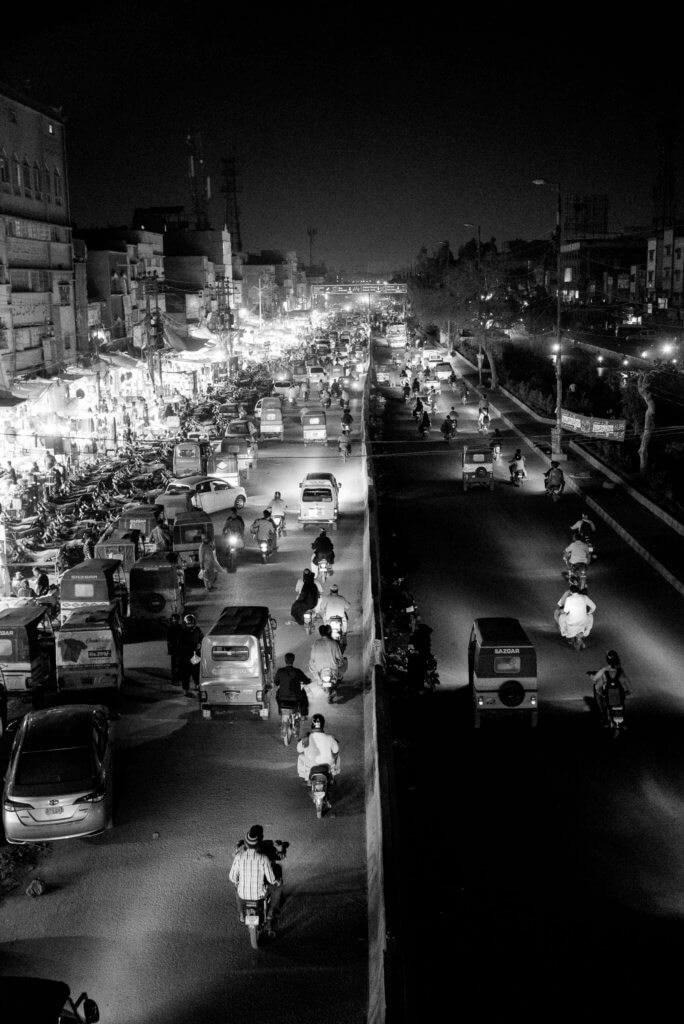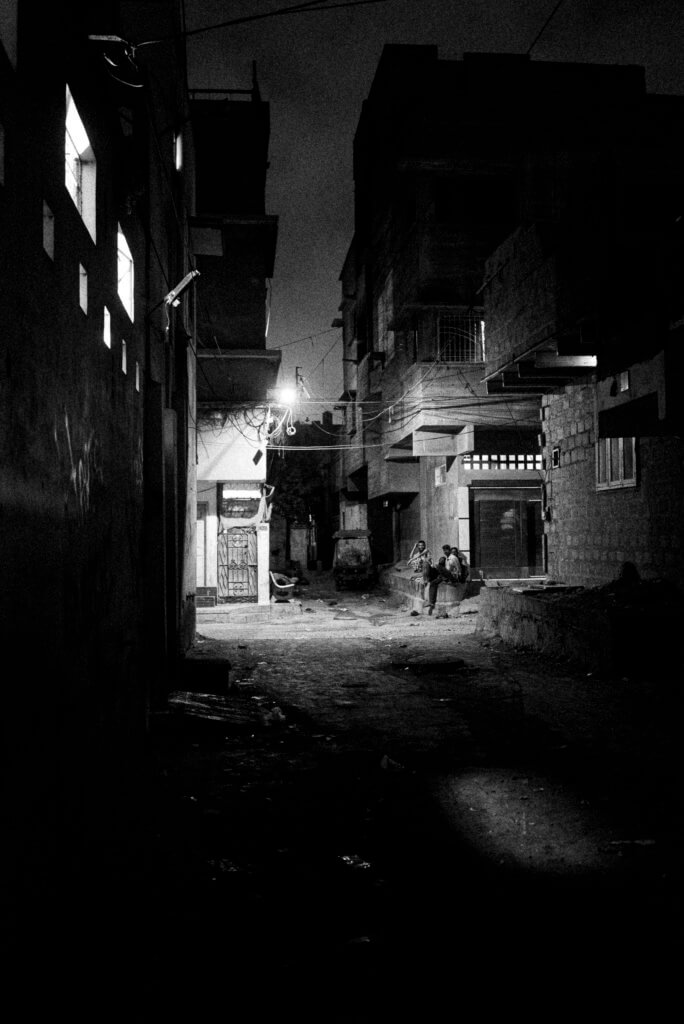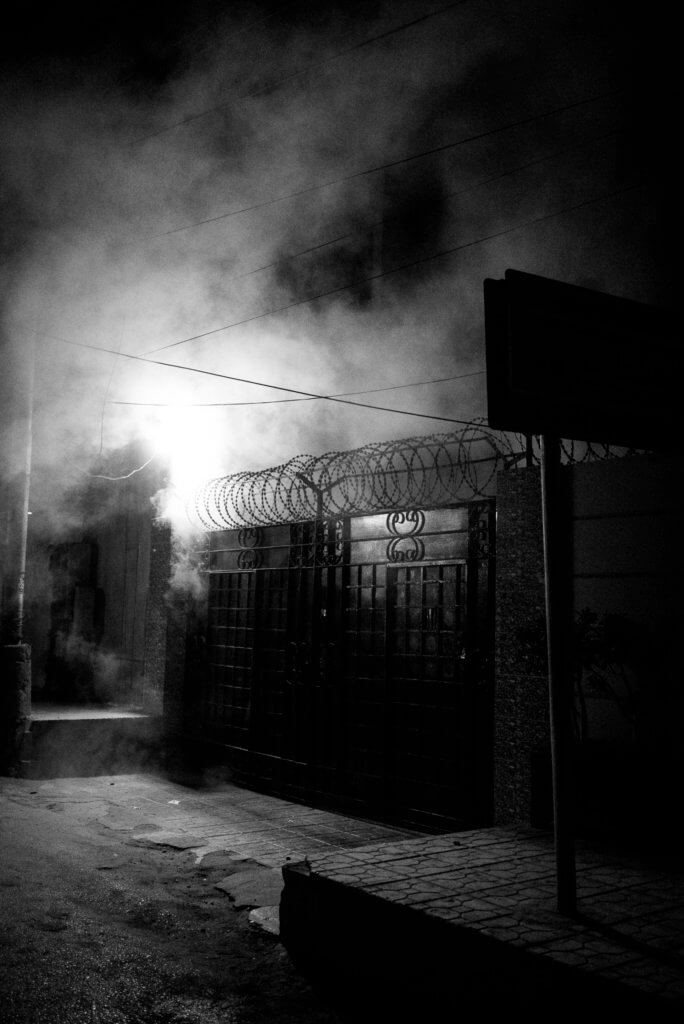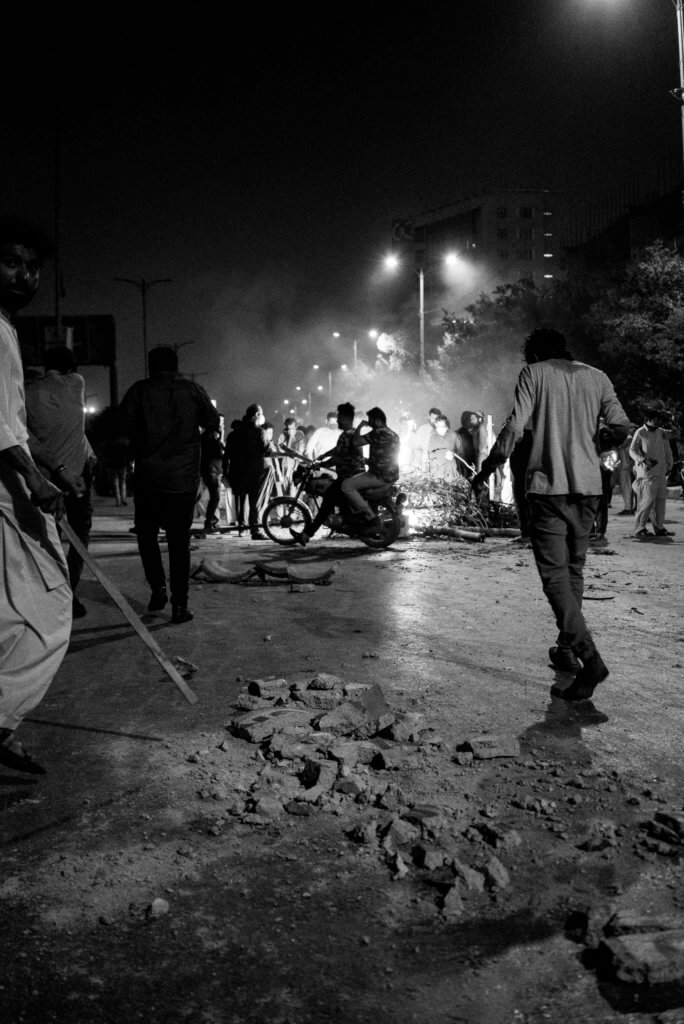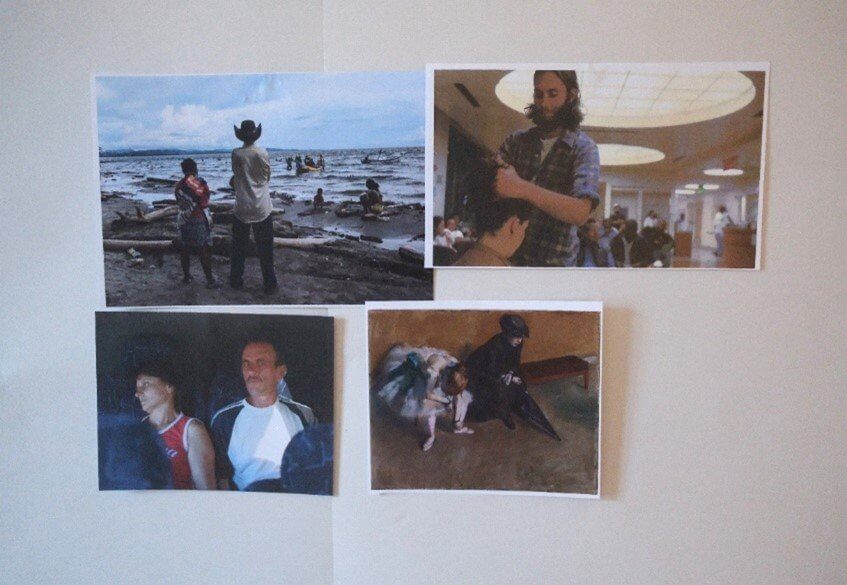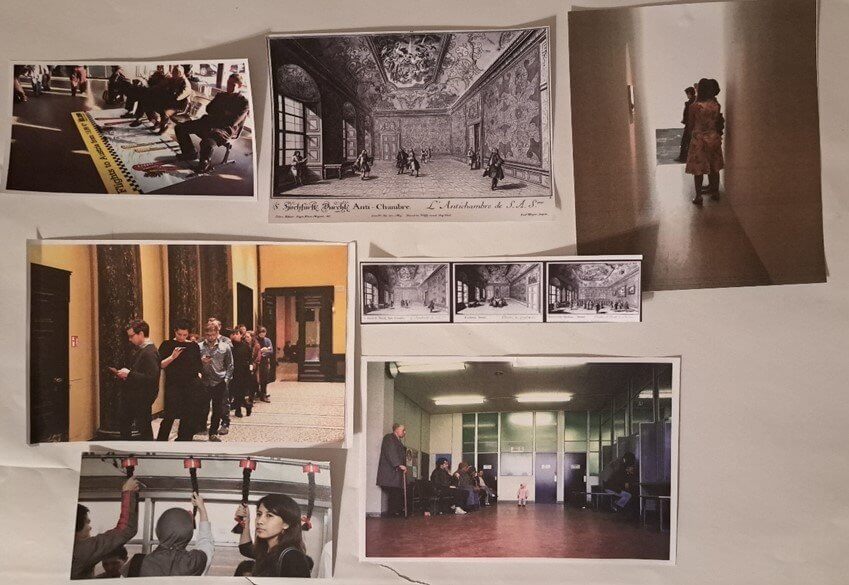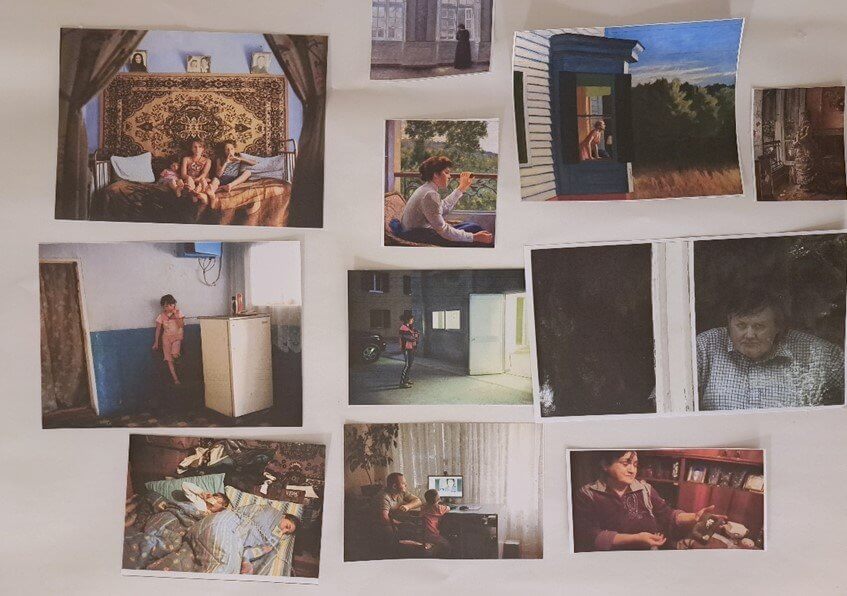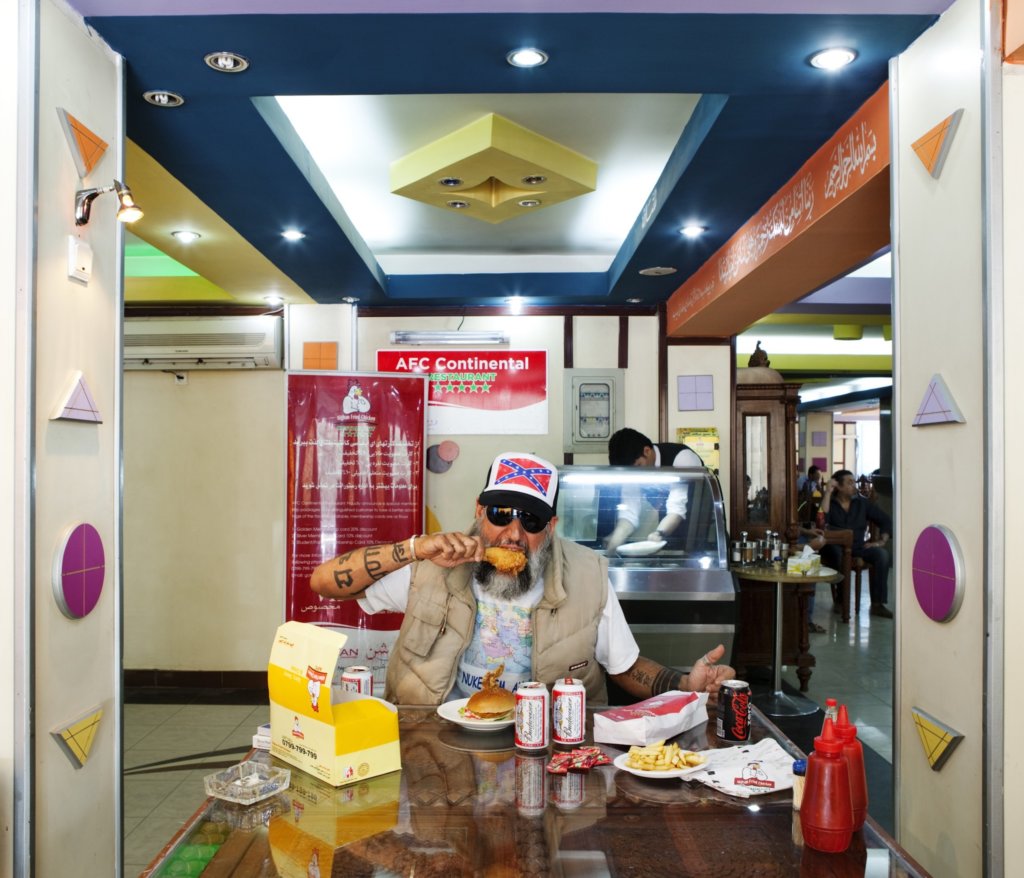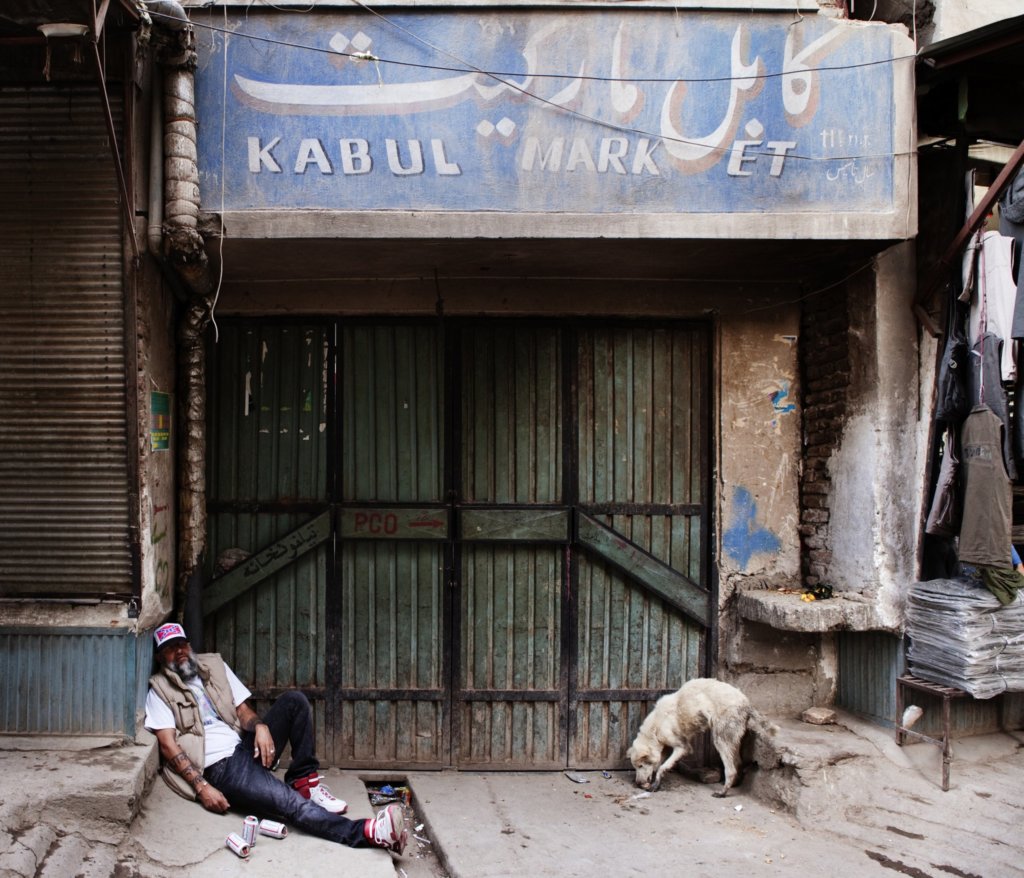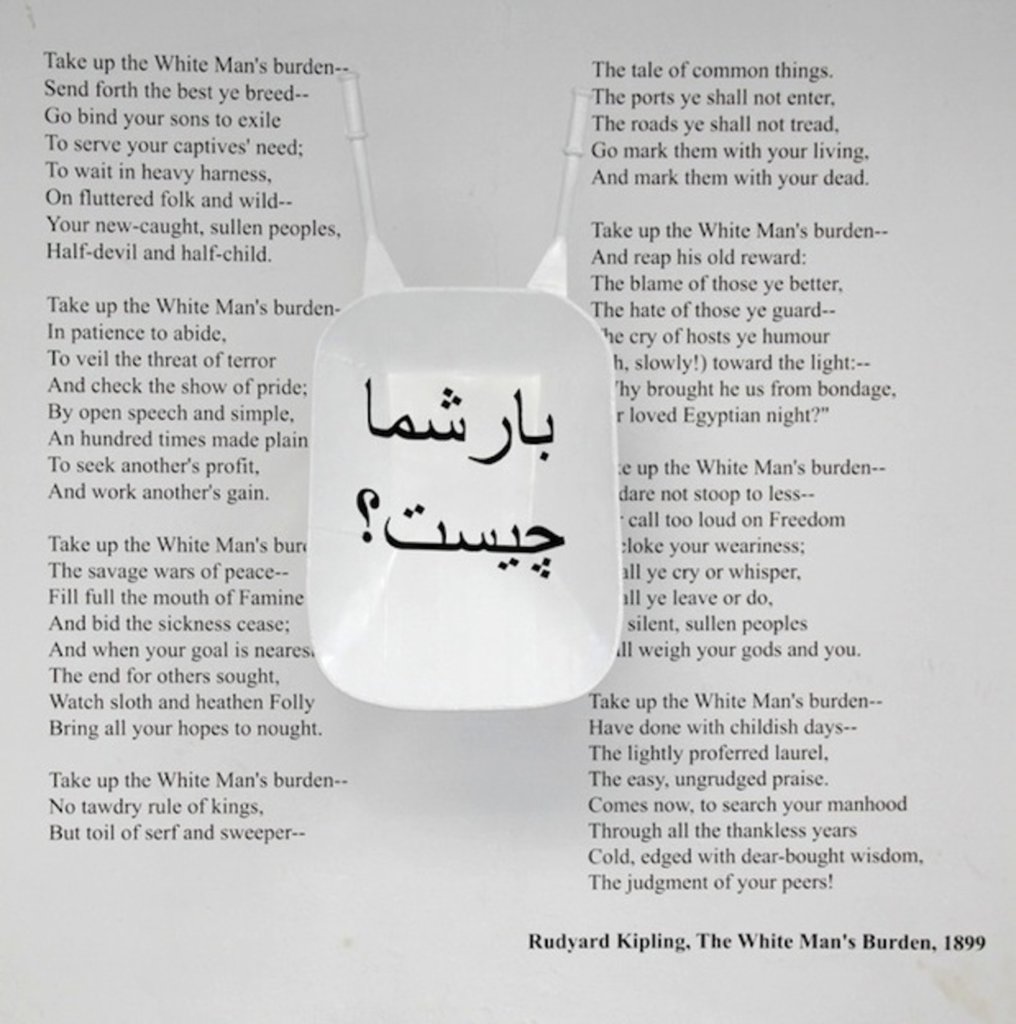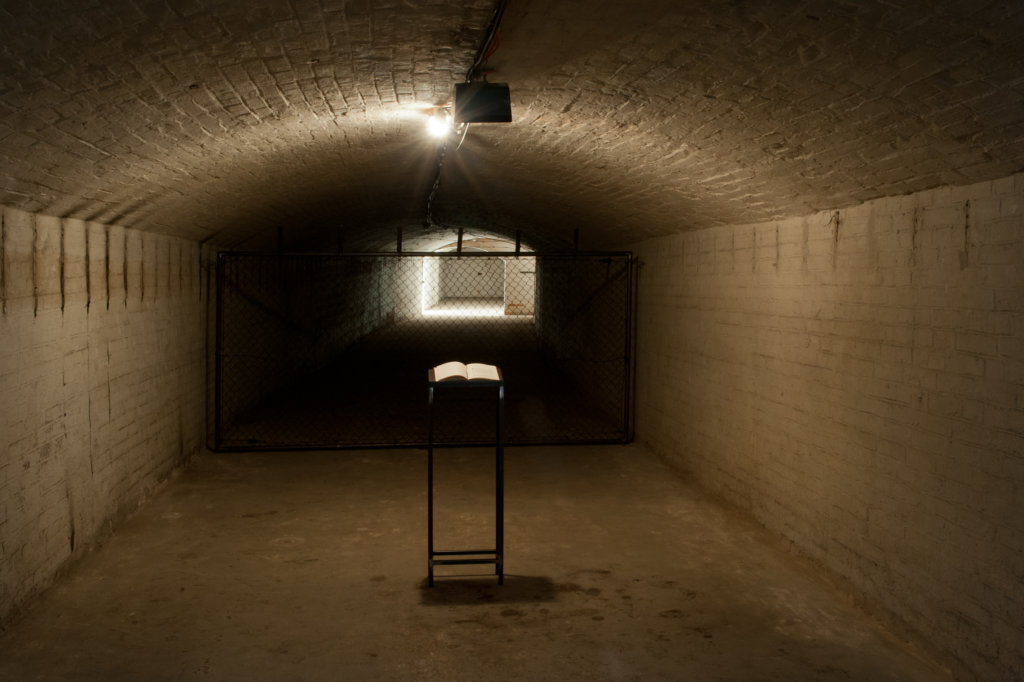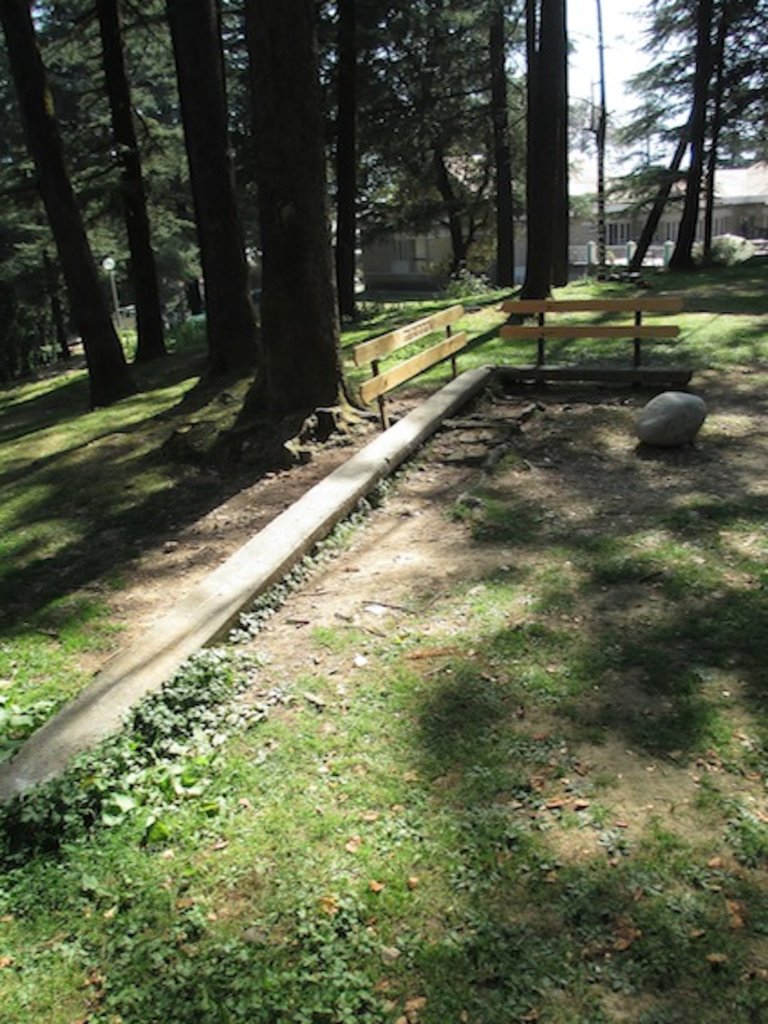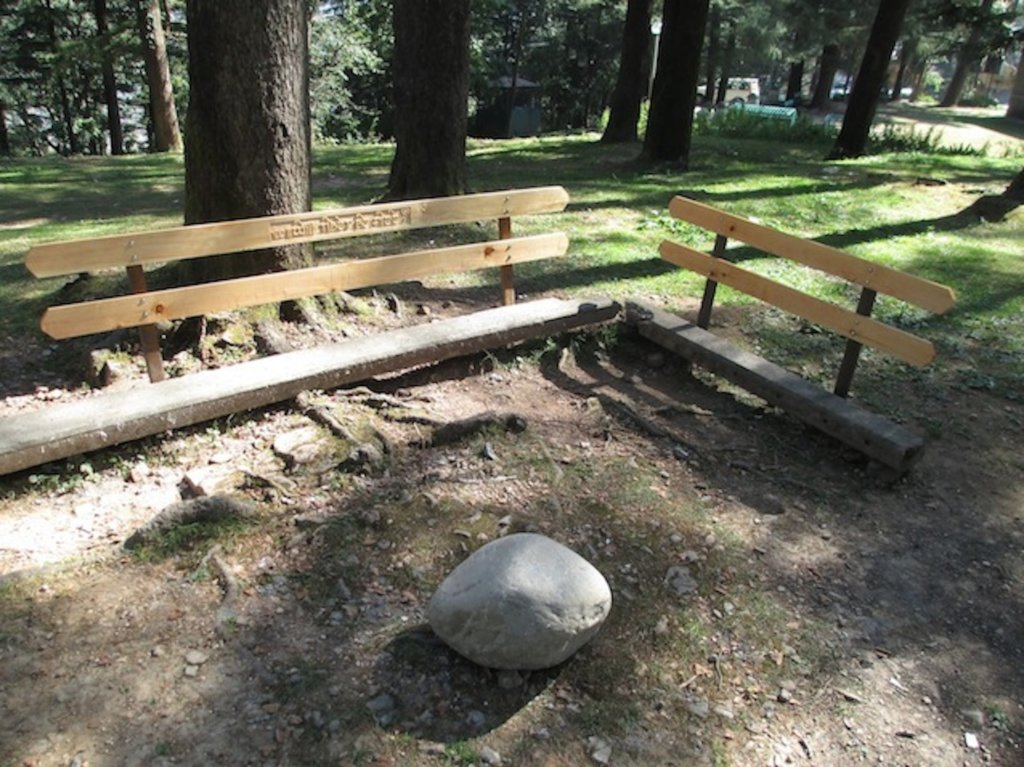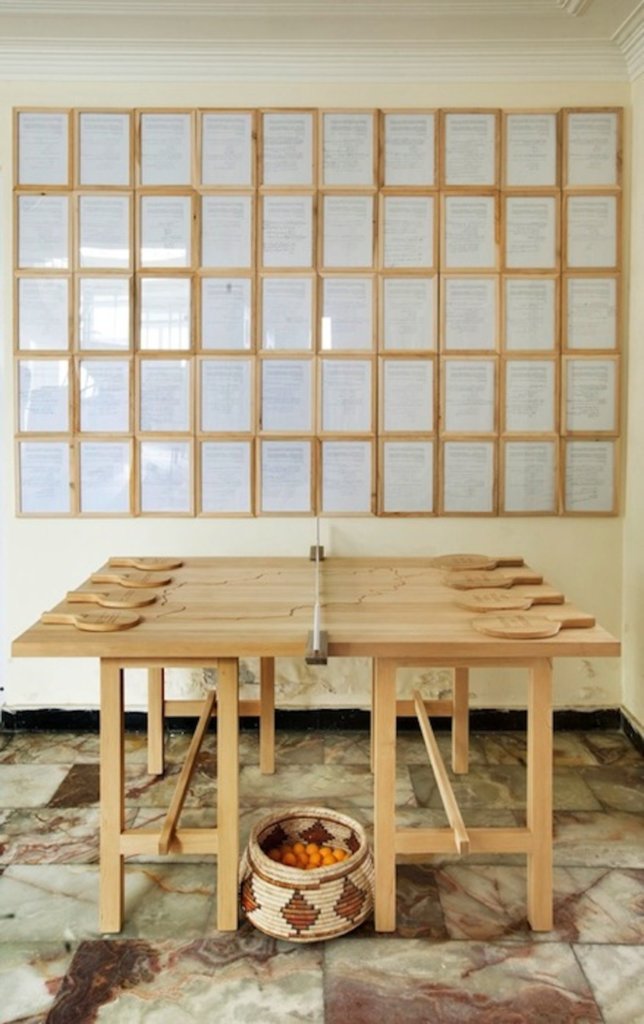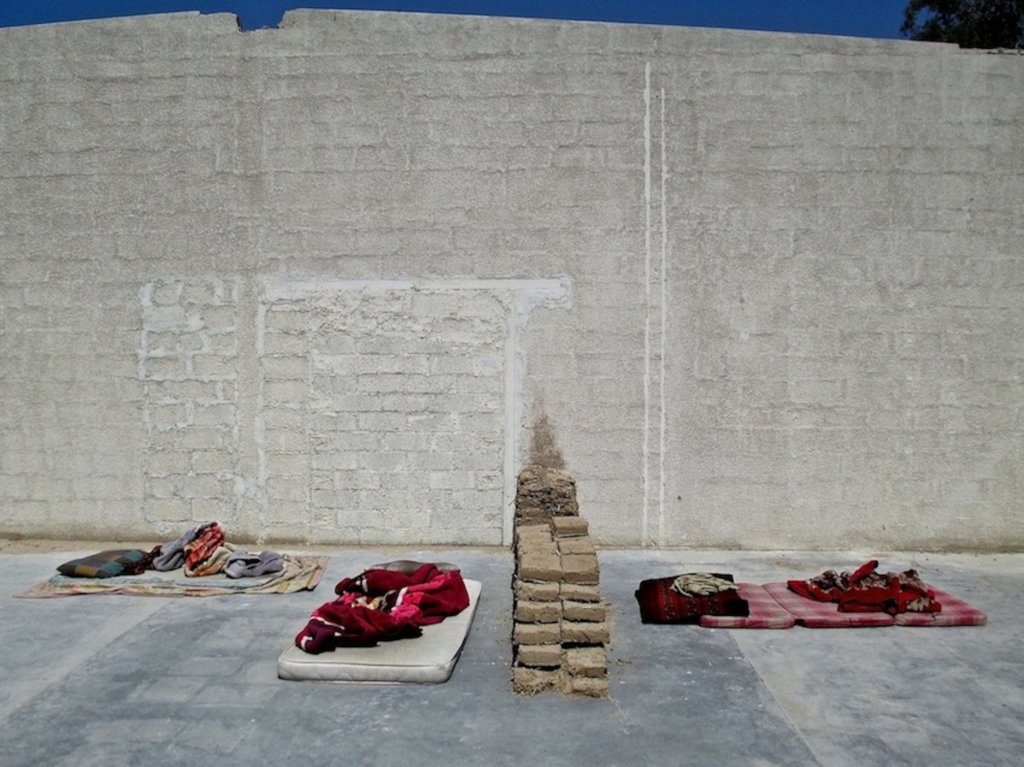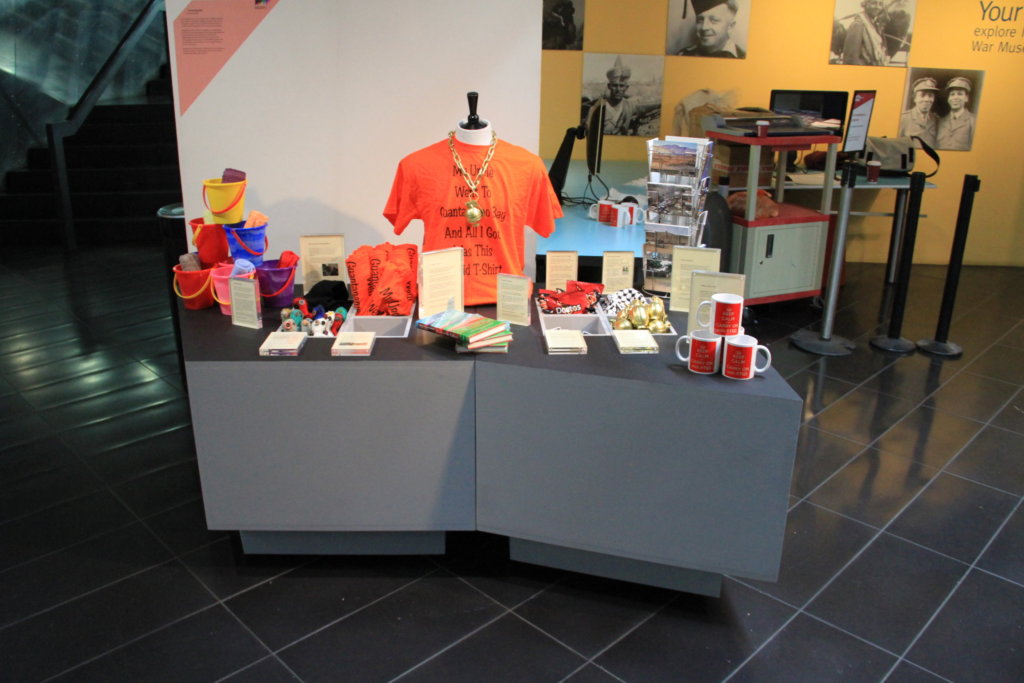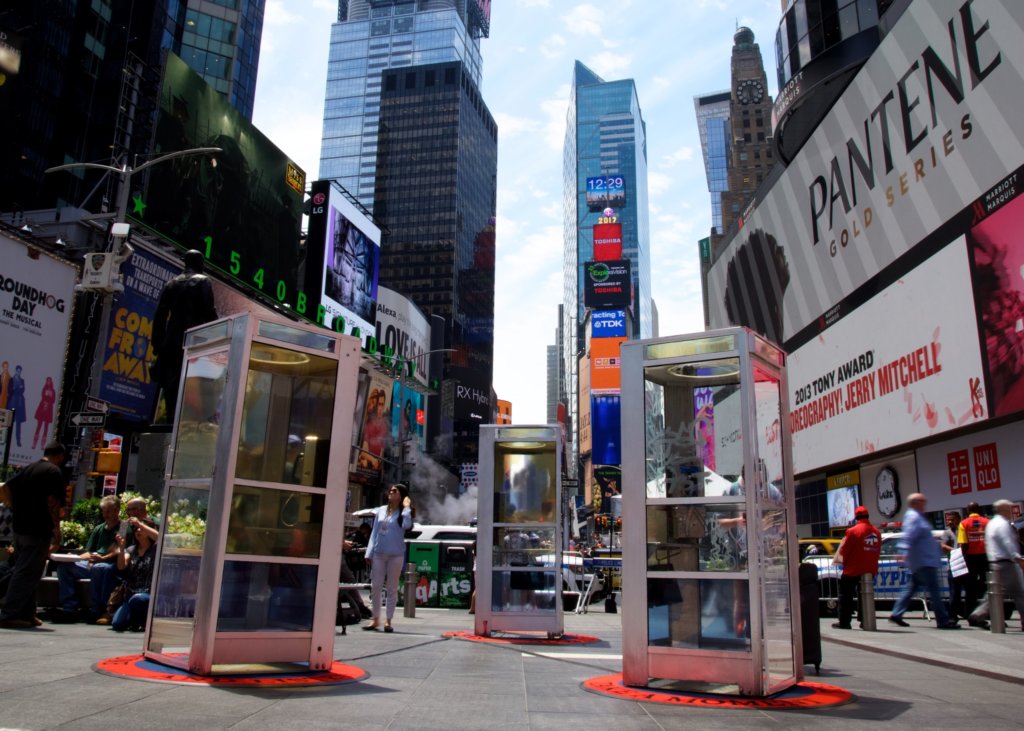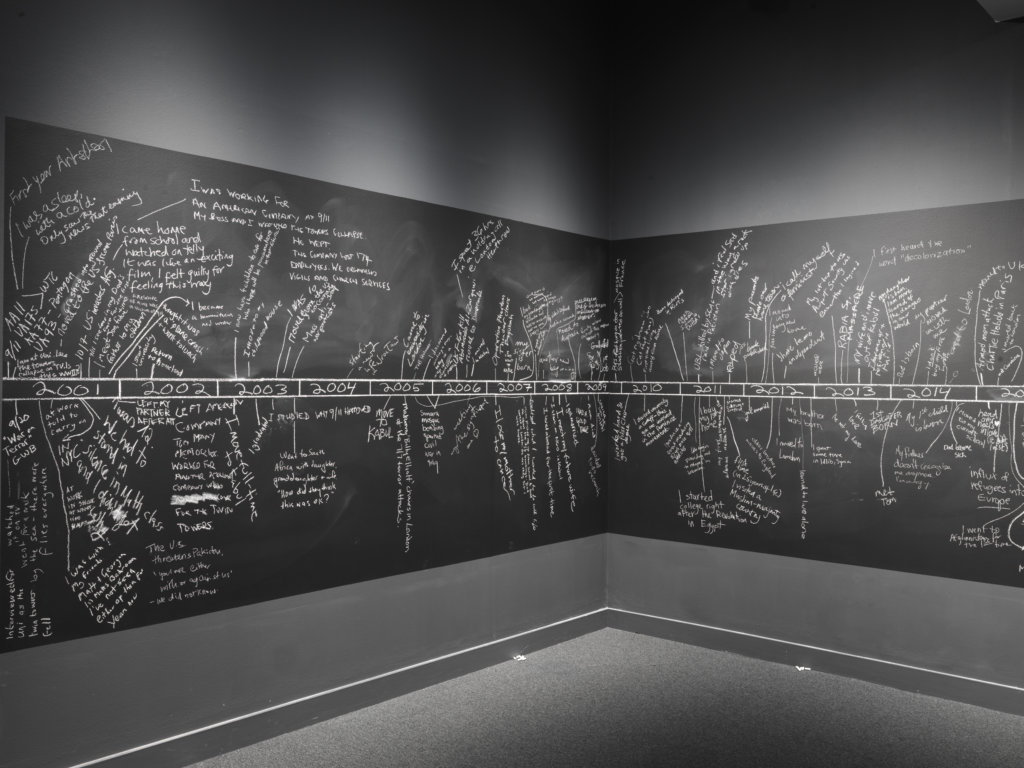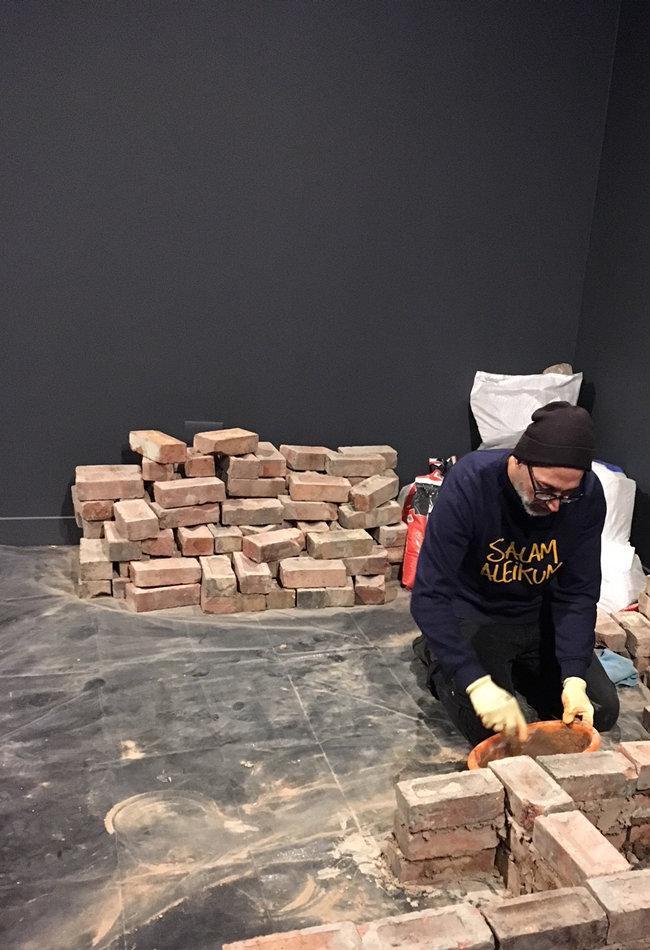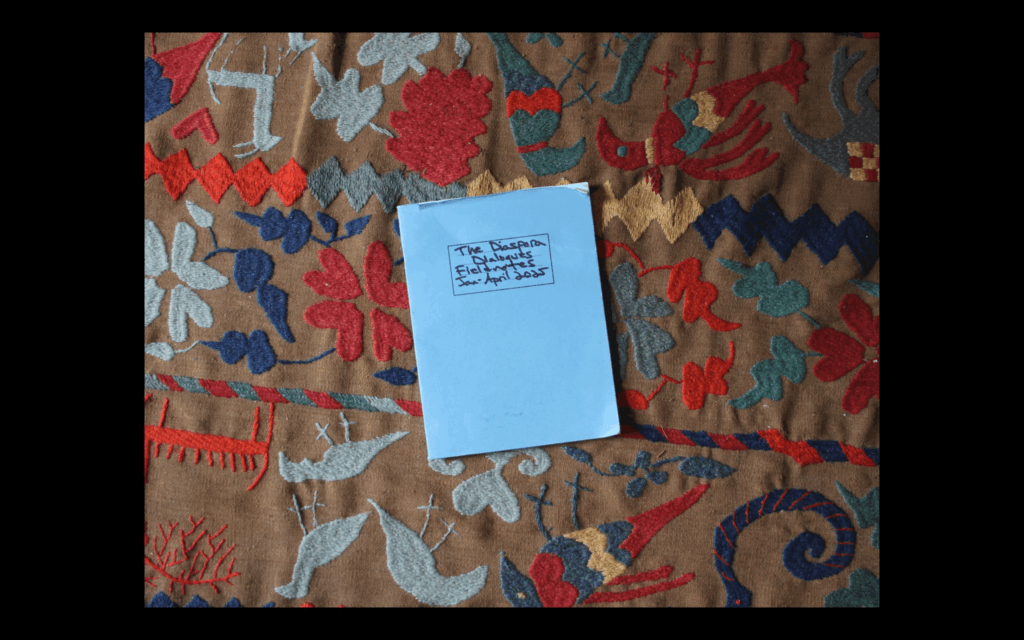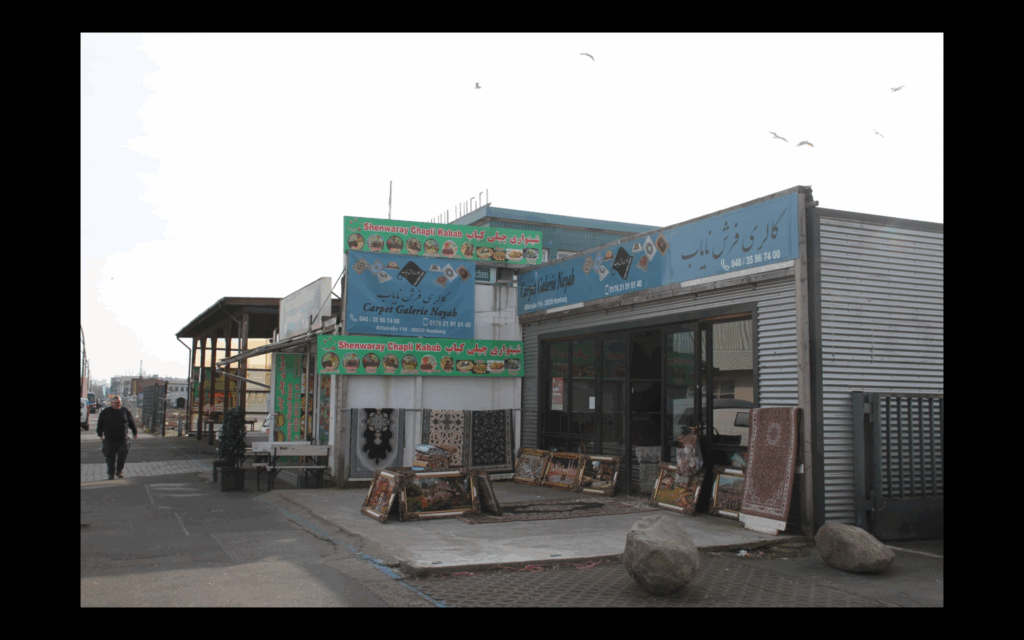On the Academic Aesthetic
https://doi.org/10.71609/iheid-sc0d-0z64Art is often cast as the realm of beauty and sensation; academia, that of truth and argument. But the boundary between them is more permeable than it first appears. Art, far from being pure form, relies on method—it can compel us to think, even to understand. Likewise, academia has an aesthetic dimension. A well-crafted argument, a precisely turned definition, a structure that reveals its logic with economy and force—these can be beautiful too.
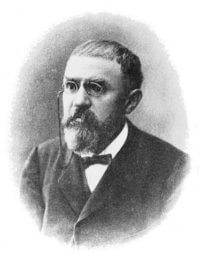 Henri Poincaré, French mathematician, physicist and philosopher.
Henri Poincaré, French mathematician, physicist and philosopher.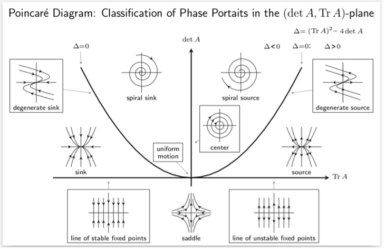 The Poincaré Diagram.
The Poincaré Diagram.
Mathematicians have long acknowledged this connection. Henri Poincaré, for example, argued that mathematics should pursue an “aesthetic purpose”. By contrast, the social sciences and humanities have often shown reluctance in recognising their aesthetic stakes. Yet do these disciplines not rely on conventions that are aesthetically meaningful? Are not articles, books, or even discussions also valued for the elegance of their reasoning?
The Aesthetic Traits of Academic work
Aesthetics remains the elephant in the academic room—especially in the social sciences and the humanities, where writing is highly valued and shaped by longstanding traditions. In these fields, form is not merely a vessel for content: the two are deeply entangled.
In disciplines such as history, sociology, law, or philosophy, writing follows orderly narratives, where structure and sequence are not only logical but also aesthetic. Intrigues are crucial components of an argument, and intrigues are also valued aesthetically (order being an essential trait of beauty according to Aristotle). The classic works of Hobbes and Grotius in the seventeenth century were infused with intense narrative vision, filled with plots and grand characters. Their books and treatises were often adorned with visual frontispieces—like Hobbes’s Leviathan, designed by Abraham Bosse—which offered allegorical and spectacular representations of the philosophical vision that structured the text. The image was not merely an ornament; it was a cognitive partner to the argument. The pictorial enigma reflected the textual enigma—and vice versa.
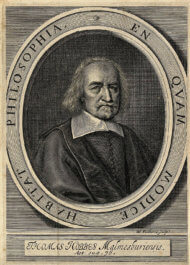 Thomas Hobbes
Thomas Hobbes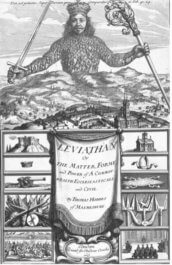 The Leviathan’s frontispiece by Abraham Bosse (1651)
The Leviathan’s frontispiece by Abraham Bosse (1651)Beautiful analyses leave imprints—they endure, they are easy to remember. Like great novels, their impact lies in both what they say and how they say it. Surprise is often the spark that etches an idea into memory. Open frames of thinking—as opposed to closed stories whose conclusions can be easily foreseen—are the ones that are most impressive: consider the “mad travelers” analysed by Ian Hacking, or the spectacle of Roman games and the figure of the eurgetes who financed them. Those worlds that were unknown to us are a source of awe. We wander and we wonder: beauty makes us think, as much as it makes us dream.
Beauty is memorable, and it is also pleasurable. Wittgenstein, in the foreword to the Tractatus, claimed his work would succeed if it gave pleasure to those who read it. Indeed, some of the most transformative academic encounters come from the joy of curiosity and discovery. Certain texts, lectures, or classes leave us changed. As writers such as Sartre and Proust have testified, the pleasure of reading can be existentially transformative. That is very much the case with academic “literature” as well.
Emotions, Genres, and Styles of Thinking
Emotions shape not just ideas but also the very genres we use to express them. This affects whole books and articles, or entire disciplines. Beauty is grounded in sensation, and emotion is essential to thought. Emotions shape not just ideas but also the very genres we use to express them. This affects whole books and articles, or entire disciplines. As Hayden White argued, historiographical genres—from romance to satire—are inseparable from the narrative structures they impose.
This applies across disciplines. Realism in international relations, for example, is not just a theory but a genre. As an echo to Greek culture, it casts states as tragic protagonists in a theatre of conflict, continuity, and fatalism. Academic genres, like artistic ones, are bound to emotion and structure. Their distinctiveness lies in the fusion of form and content—through style.
That relation between content and form is a distinctive element that makes an academic work or a tradition specific. Style is both personal and collective. It emerges from identity, cultural setting, institutional context, and disciplinary norms. Style is a way of “doing things”, and academic work, as much as art, depends on it.
One trait of style worth singling out is humour. Often undervalued, humour signals intelligence and creativity. Even rigor. Wittgenstein, a very committed aesthete, once said a serious and good philosophical work could be written consisting entirely of jokes. Sidney Morgenbesser, the legendary Columbia professor known more for his wit than his publications, exemplified this view. He was the Grouchoesque “Socrates of Broadway”, whose “yeah yeah” joke brought him notoriety at a very early age. Morgenbesser’s humorous style made him a genre of his own. As philosopher Robert Nozick once quipped, he majored in Sidney Morgenbesser.
Academia as “Play”
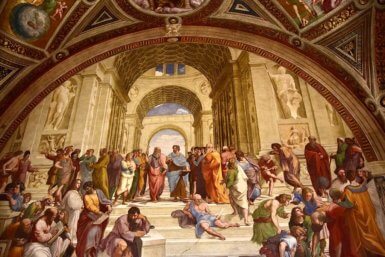 The School of Athens Fresco by Raphael
The School of Athens Fresco by RaphaelIf Shakespeare is right and “all the world’s a stage, and all the men and women merely players” (As you like it, II, 7), then academia is amongst its most sophisticated theatres. There, the “play element” is paramount. Scholars not only write in narrative forms—they perform them. Think about Socrates, but also about the professor on stage, the keynote speaker, the charismatic theorist: all are players in a scholarly dramaturgy.
So it is the case not only of those memorable professors like Morgenbesser, but also of those gurus and flagbearers of entire disciplines like Derrida, Foucault, or Said, players who understood that the classroom, the lecture hall, and even the written page are all sites of theatrical presentation. Entertaining their audiences by procuring them pleasure and bringing heterodox fantasy into the classroom was their goal.
Of course, to each his own. We might be fond of plays that other people dislike: tastes are greatly divisive. True, beauty requires “genuine justification”, yet there are no absolute rules of taste, and beauty is a “verdict that implicates an avowal”. Then, beauty becomes a rallying point, communities of scholarship form around shared aesthetic affinities: around styles of thought, forms of theories, even around particular thinkers with whom their members identify. These “communities of appreciation” consolidate paradigms, canonise works, and shape the course of disciplines.
Post-modernism and the linguistic turn brought new conceptual tools and new styles which destabilised traditional structures of knowledge and introduced a playful aesthetic that embraced ambiguity and irony. A shift in paradigm is not only epistemic—it is also aesthetic. We move from one play to the other. Take the 1970s and 1980s with post-modernism and the linguistic turn. Those paradigms brought new conceptual tools and new styles which destabilised traditional structures of knowledge and introduced a playful aesthetic that embraced ambiguity and irony. Their theatrical dimension—most visible in Derrida—was both strategic and subversive.
It was precisely because this form of thinking centred on language and its subversion that the aesthetic and the epistemic became so deeply entwined. This style unsettled mainstream philosophy. Derrida’s prose, layered with puns, provoked not just critique of his arguments, but also contempt or outrage at his method (or lack thereof). When W.V. Quine and others denounced Derrida’s writing on the basis that it “defies comprehension”, they were objecting to both content and style—to his entire “way of thinking and doing”. Derrida aimed to subvert philosophy through play, and in doing so, found himself exiled from its mainstream—ironically, in a performance where he was centre stage and that proved his very point.
Obscurity, Clarity, and Mystery
Before we join any epistemic community, we experience knowledge sensorially: we read, we listen, we watch others think and perform their role as scholars. We are observers of the academic play. One of our first reactions when we are exposed to novelty lies within the question of understandability and meaning. When we ask whether that work is clear or obscure, this is also where the aesthetic and the epistemic meet.
Obscurity has long been a mark of the avant-garde, in both art and thought. Clarity, conversely, is often associated with the classics—respected for both its transparency and its elegance. We praise clarity for its rigor, but we are also pleased by mystery.
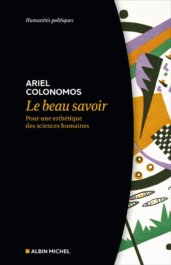
Obscurity can mislead. It can hide weak arguments behind jargonesque prose or intimidate rather than illuminate, while seducing those followers of gurus who linger in complexity. Yet, as it is aesthetically powerful, it can make people dream, notably because it is mysterious.
Both aesthetically and epistemically, clarity should remain our scholarly compass, but mystery is what keeps the journey alive. The most powerful works are sharp and precise, and bring us nearer to truth, but, eventually, they leave something unresolved. This is what keeps the conversation open. In the end, academia is not a fixed structure but a movement—a continuum of an endless discussion, a performance of inquiry, a beautiful effort to think clearly and feel deeply at once.
Electronic reference
Colonomos, Ariel. “On the Academic Aesthetic.” Global Challenges, Special Issue no. 3, October 2025. URL: https://globalchallenges.ch/issue/special_3/on-the-academic-aesthetic. DOI: https://doi.org/10.71609/iheid-sc0d-0z64.This bilingual special issue of Global Challenges has been jointly produced by the Geneva Graduate Institute’s Research Office and the Centre for International Studies (CERI – Sciences Po – CNRS). Coordination was provided by Miriam Périer for CERI and Marc Galvin for the Geneva Graduate Institute.
VIDEO: Alexandra Grimal (2020)
Domaine de Chambord
An inauspicious day from the get-go
My poetry has always been influenced by other artistic media, including contemporary dance, music, and audiovisuals. ‘An inauspicious day from the get-go’ is a poem with direct roots in cinema. It is affected by the simple, striking, abrupt, and contradictory visual elements in the films of two avant-garde Palestinian directors: Hany Abu-Assad’s Rana’s Wedding and Elia Suleiman’s Divine Intervention and The Time that Remains. Similar to these films, the poem explores the indifferent, banal, and haphazard genocidal violence inflicted by, and inherent in, settler colonialism; so that regular, daily acts of the colonized, like talking on a phone, or looking out a window, become extremely dangerous actions.
Through the ‘colonial encounter,’ such simple acts transform into areas within which the colonized struggle to maintain their continuity, existence, and life, as contrasted with the colonizer’s core endeavor[s] of disruption, annihilation, death. This poem touches on these contrasts of ordinary, day-to-day living, examining how colonialism obliterates them to a point of no return.
An inauspicious day from the get-go
Some damn thing made her mom start talking to her about her fiancé yet again. “He’s just not cast from the same clay we are,” she said, “and I don’t think he’s really got it in him to make it a home.”
And as always happens at such times, the young woman shouted and swore, then she hurtled—like a metal water tank hoisted half-way up towards the roof slipping its trusses to crash back down—out of the house.
In the moment between her opening the front door and slamming it behind her, a tank passed; the sound of its tracks the crushing of little children’s bones, the smell of its exhaust charred corpses.
As she crossed over to the opposite sidewalk a sniper behind her shot a young man at the end of the street, of whom nothing had appeared in the machine gun’s sights except the hair on the back of his head.
Before she raised her hand to her friend’s doorbell a bulldozer had extended its metal claw towards the walls of the next-door building, so that it crumbled into pieces on the ground.
Under the rubble a doll with disheveled hair and dusty clothes was playing some music out of her belly, next to her a notebook in which the boy had drawn what he imagined of a bulldozer destroying a house that he imagined as his own.
The boy sits silent while the woman at his side (his mother) hits herself on the head, his father having preceded him to prison. The boy will grow up one day and will love a girl who has grown up also, and then he will be betrothed to her.
The boy who got engaged to the girl—after they grew up, and he got out of prison—had been saying goodbye to her at the end of the street, and stayed there watching her walk away until she entered her house. Then he slowly walked along the street from one end to the other, passing in front of the sniper, who eventually took the decision to put a bullet in the back of the boy’s head, after the tank had gone down the street, and he’d heard the sound of a door slamming and a girl had dashed by from one sidewalk to the other, all of which he took to be evil omens, and were.
Copyright © 2025 by Hisham Bustani. Originally published in A Poem-a-Day on January 27, 2025, by the Academy of American Poets.
Translated from the Arabic by Alice Guthrie.
VIDEO: Medical placement in the Solomon Islands
Bond University
Presentation of Destiny/Destination and reading of selected poems by Darius Kethari
Geneva Graduate Institute
VIDEO The Monkey in the abstract garden, Alexandra Grimal
Montage 1: Waiting with, differentiated temporalities in shared waiting
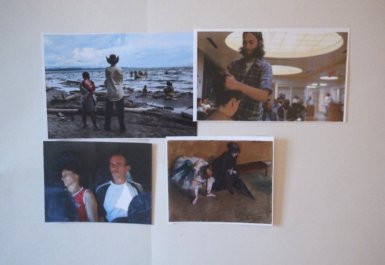
It is unsurprising that waiting has a collective aspect, fostering interaction and potential solidarity. Yet, juxtaposing images like this film still from Peter Nicks’ The Waiting Room (a woman awaiting a consultation alongside her partner) and Edgar Degas’ painting L’Attente (a young dancer accompanied by a possible chaperone) raises questions about differentiated temporalities in shared waiting. How does the presence of accompanying individuals who share the waiting experience, even though they are not directly waiting for anything, alter the dynamic of waiting?
Nora Doukkali Elamajidi
Artistic collaborations with Carlo Vidoni (Destiny/Destination) and Loris Agosto (Homo Itinerans)
It was almost by chance that I began collaborating with two artists I knew from before. I first worked with Carlo Vidoni to design an exhibition entitled Destiny/Destination, which resulted in a polyphonic book bringing together interviews with migrants and poetic evocations, drawings and photographs (Monsutti & Vidoni 2023). The words we collected uncovered the vacuity of certain predefined categories: for example, the labels “economic migrants,” “asylum seekers” and “refugees” flatten a much more complex and diverse landscape. Our interlocutors spoke of their migration trajectory in terms of a tension between attachment to the places where they grew up and curiosity about the world that exists beyond the walls of their homes. These polymorphous conversations were translated into an open language that crossed the boundaries between social anthropology and visual art, between creators and the public, to reach people who could relate to the migration narratives and enrich them with their own experience. The lines on the palm of the hand were our visual and discursive starting point. They tell stories, they convey a message of singularity and, at the same time, of shared humanity, of idiosyncrasy and universality.
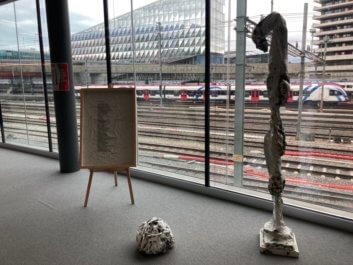 I Am From Where I Am Going, Geneva, March 2024 (A. Monsutti).
I Am From Where I Am Going, Geneva, March 2024 (A. Monsutti).Another artist, Loris Agosto, was struck by a sentence that an old man told me during my fieldwork in the mountains of central Afghanistan. I used this sentence to open the book Homo Itinerans (Monsutti 2020): “I come from where I am going!” An apparently paradoxical sentence, it is more than just a formula, it is an invitation to change our perspective and take a fresh look at human mobility. Here, social sciences inspired art through the production of sculptures in which human faces can be distinguished, without it being clear whether they are being born or being swallowed up by mud. The work was complemented by figurative texts I wrote to evoke migrants’ conditions of living and itinerancy as a way of being in the world (see more).
Alessandro Monsutti
The Garden of the (In)visible
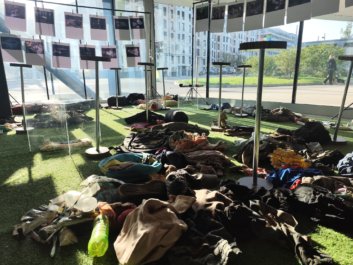 The Garden of the (In)visible, Geneva, November 2024. © Alessandro Monsutti
The Garden of the (In)visible, Geneva, November 2024. © Alessandro MonsuttiIn line with Danto’s and Latour’s invitation to see art as a way of being and acting in the world, the installation The Garden of the (In)visible, co-created with my colleagues Roberta Altin, Giuseppe Grimaldi and Katja Hrobat Virloget, staged artefacts collected along the so-called Balkan Route, at the borders between Croatia, Slovenia and Italy. Here, objects are clearly social agents: they render visible people who were largely invisibilised. The installation was presented in public spaces and even on the streets, drawing attention to a socially sensitive situation, intentionally inviting polemic among people who might disagree in a way that participants in an academic conference would not. The process was participatory at each of its various stages: First, collecting the artefacts involved local authorities and activists, students and professors from the various universities of the region. Then, the installation was accompanied by events that brought together migrants who had taken the Balkan Route, people living near the various borders, and all those who joined the collect.
In this project, the differences between social sciences and art, but also between investigator and investigated, between curator and visitor, fade. It was not about communicating the work of social scientists to a broader audience but rather creating – beyond the narrow circle of university professors and students – a new epistemic and political community. We were modestly following Latour’s footsteps, making public debate more accessible and challenging taken-for-granted assumptions, but, more importantly, we hoped above all to open up new possibilities for action and coexistence.
Alessandro Monsutti
Hannah Entwisle Chapuisat’s current research explores how art…
My current research explores how art’s critical capacity to engage affect, the senses, and the imaginary might influence international norm evolution in intergovernmental venues, drawing on constructivist scholars Martha Finnemore and Kathryn Sikkink’s 1998 norm “life cycle” model that recognizes the role of “[a]ffect, empathy, and principled or moral beliefs” in international norm dynamics. I have found that when art is integrated within collective efforts to develop norms, it can increase global policymakers’ awareness and understanding, inspire ideational commitment, and generate creative thinking, which can all influence norm evolution processes. For example, in the context of a programme such as the UN80 Initiative – an initiative launched in March 2025 to make the United Nations more effective – art-based projects may stimulate more expansive and innovative reflection about the future of multilateralism. Rather than restricting the debate to what is financially and politically viable, art has the capacity to propose or test radical solutions that may embolden global policymakers to think bigger and perhaps arrive at more innovative visions.
Screening of Mati Diop’s 2024 film Dahomey at the CDHM (February 2025)
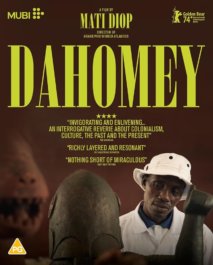
In February 2025, the CDHM hosted a screening of Mati Diop’s 2024 film Dahomey, a documentary following 26 objects from the former Kingdom of Dahomey as they leave Paris and are returned to present-day Benin. The screening was followed by a panel discussion on the “Diplomacy of Restitution: Issues of Knowledge and Powers”. Participants included leading academics, diplomats, curators and writers active in both Benin and Europe. Co-chaired by Doreen Mende, Director of Research of the State Art Collections in Dresden and Prof. Mallard, the discussion explored issues around how stolen art treasures can be received in a country which has reinvented itself in their absence. The panel covered themes ranging from the making of the film and panellists’ personal experiences of restituting archives to methods of postcolonial digitisation and digital archiving. Leading up to the event was a seminar for students at HEAD – Genève on collaborative projects on provenance research between African and Western researchers. A special session, “Within me resonates infinity”, based on the film, was held at the Museum of Ethnography Geneva (MEG) for students of HEAD – Genève and IHEID. Through the organization such multi-facetted events with a diversity of actors from different backgrounds, the CDHM hopes to break disciplinary and institutional boundaries, placing the Institute at the forefront of pedagogy on multilateralism.
Grégoire Mallard
“Image wars”, a forthcoming project by Nataliya Tchermalykh
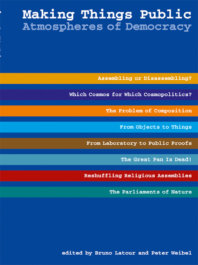
The first exhibition organized by Bruno Latour and Peter Weibel in 2002, Iconoclash, examined the: the various attempts to destroy, prohibit or indeed protect religious as well as scientific and artistic images of God, nature and man. This theme of image wars will be further developed by Nataliya Tchermalykh, a CDHM affiliate researcher in a forthcoming project. The second exhibition produced by Latour and Weibel, Making Things Public, addressed what the organisers called the “atmospheres of democracy”, pairing an impressive range of philosophers, historians and sociologists, from Europe and the United States, with visual artists. Their task: to explore the variety of media via which citizens in modern democracies voice their political claims.
Gregoire Mallard
PODCAST: Makenzy Orcel. Le sensible, la raison et la compréhension du monde
Research Office – Geneva Graduate Institute
VIDEO Member State, UN and public engagement with artwork during negotiations
Youtube / VonWong
More on my ethnography of the Tubas Cluster Plan, by Dorota Kozaczuk
My ethnographic study of the Tubas Cluster Plan dates back to 2016, when the Palestinian consultancy CEP (Center for Engineering and Planning) began developing a regional master plan for the Tubas Governorate in the northern Jordan Valley. The project covered 118,297 square kilometres, including lands within the 1940 village boundaries of Tayasir and Bardala, as well as northern sections of Area C within Tubas city limits. Nine Palestinian communities were included in the planning framework: Al Malih, Ein al Hilwa, ‘Aqqaba, Tayasir, Khirbet Tell el Himma, Ibziq, Kardala, ‘Ein el Beida, and Bardala.
At the outset, the CEP team compiled available GIS maps, updated aerial photographs, and gathered archival data from Palestinian ministries and municipal authorities. They collaborated with a Belgian NGO and UN-Habitat as part of the project “Fostering Tenure Security and Resilience of Palestinian Communities through Spatial-Economic Planning Interventions in Area C (2017–2020).” Consultations were held with village mayors and governorate representatives, following participatory planning protocols developed by GIZ and the Palestinian Ministry of Local Government.
By 2019, during my participant observation in CEP’s Ramallah offices, four planning options had been prepared. I was shown the preferred version and invited to meetings where it was presented to stakeholders.
Aesthetic Vision and Political Friction
The Tubas Cluster Plan was visually compelling. On a printed A1 sheet, the region was divided into three zones: a deep green western section for agriculture, a faint brown central zone for mountainous terrain, and a dull green eastern area for pastoral land. Seven small zones, marked in vivid orange and bordered in blue, represented planned communities in the north, west, and east. CEP staff noted that the Israeli Civil Administration had approved plans for Tayasir, ‘Ein el Beida, and Bardala, while previously rejected plans for Al ‘Aqaba, Al Malih, Al Farisyia, and Karbala had been redesigned.
The plan proposed a road encircling the mountain range, connecting the seven communities, and included upgrades to existing roads in the west and south. Notably, it omitted Israeli settlements, the separation wall, and the military designation of much of the area. In this orthographic vision, the region functioned holistically for Palestinian life, with orchards and livestock populating the mountains and tourist routes inviting exploration. The Tubas Cluster Plan was both a misrecognition of occupation and an assertion of Palestinian reality—true to its survey methods, logically deterministic, and far from naïve.
Between Aspiration and Constraint
Shortly after my study, CEP submitted a report with four proposals to UN-Habitat, the Ministry of Local Government, and the Tubas Regional Committee. I attended the unveiling at the Palestinian Ministry of the Wall and Settlements. The meeting aimed to align institutional goals, but quickly revealed tensions. Ministers and engineers spoke of life near the Occupation Wall and recounted stories of displacement. One minister criticized the plan as disconnected from lived realities and questioned its aesthetics. A planner, however, defended the right to imagine beyond oppressive facts, arguing that the Tubas visualisation offered a glimpse of what that could look like.
The meeting ended without consensus. Ministerial support for a plan covering large swaths of Area C carried serious political implications: it risked undermining the Oslo Accords and provoking backlash from Israel and the international community. The plan’s aesthetic of misrecognition also conflicted with the prestige of “surveyed oppression,” which underpins legal and humanitarian support for Area C. In reality, Tubas remained a zone of daily survival under Israeli fire.
Weeks later, the CEP team presented the plan to the nine communities. At the Tubas Municipal Offices, the idea of a prosperous region was met with quiet resignation. It was deemed unachievable and received little attention.
By the end of the following month, CEP submitted individual village plans to the Israeli Civil Administration, aiming to expand them beyond Area B. These plans conformed to the aesthetics mandated by the ICA—complete with its loathed colour scheme and the infamous blue polygon.
By autumn 2019, CEP confirmed that the Tubas Cluster Plan had not been approved.
Montage 2: Spatialization of hope and frustration in public waiting spaces
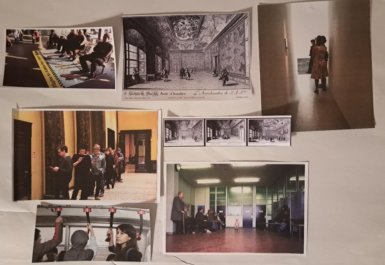
When positioned in proximity to one another, images of public waiting spaces prompt reflection on how their architecture contributes to the experience of waiting. Several scholars have explored waiting as a tool of power. In this context, montages can help foster a closer engagement with how the materiality of spaces and objects configures waiting, embeds power relations and makes waiting individuals aware of their position relative to spaces whose thresholds they have crossed
Montage 3: Domestic waiting, gender and digital mediations
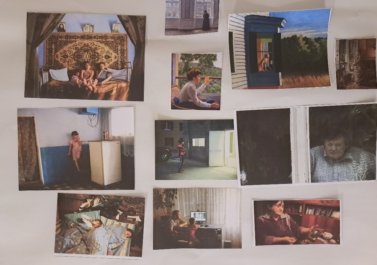
The third montage questions gendered narratives of waiting and domesticity. Some images depict women as passive figures, gazing through windows that symbolize thresholds between interiors as sites of non-events and external action. When these are arranged together with Andrea Diefenbach’s photos from the series Country Without Parents, showing Moldovan children waiting by phones or computers for news from their parents who work in Italy, they offer new avenues for reflection.
History of Palestinian Planning with maps and images
The Military Orders
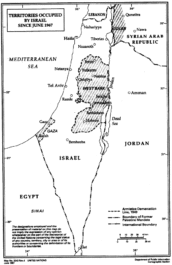 Map No. 3243 Rev 4, Territories Occupied by Israel Since June 1967, United Nations, June 1997
Map No. 3243 Rev 4, Territories Occupied by Israel Since June 1967, United Nations, June 1997
On 1 June 1967, the Israeli military issued its first Military Order, declaring the Gaza Strip and the West Bank as closed military areas. Military Order No. 2 imposed martial law on the West Bank and transferred all legislative, executive, and administrative powers of the Jordanian government to successive Israeli military commanders. Under strict adherence to the Fourth Hague Convention, existing laws could not be altered.
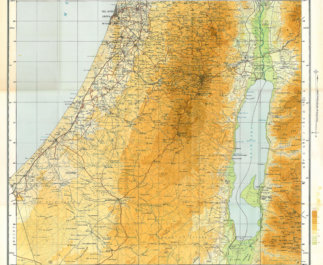 Survey of Palestine 1944, 1:250,000 Sheet 2 (partial crop).
Survey of Palestine 1944, 1:250,000 Sheet 2 (partial crop).Survey of Palestine 1944, 1:250,000 Sheet 2 (partial crop).[/caption]As the occupying power, Israel inherited maps, plans, land laws, and regulations from the Ottoman, Jordanian, Egyptian, and British Mandate periods, spanning over 150 years. Israel immediately began enforcing a stringent military regulatory regime that referenced—but never overruled—existing legal frameworks. Within the first decade of occupation, two parallel strategies emerged: the adoption of most existing laws through Military Orders (MOs), and the centralization of administrative authority under the Area Commander. Palestinians were swiftly stripped of legal and civil rights previously guaranteed under British and Jordanian administrations.
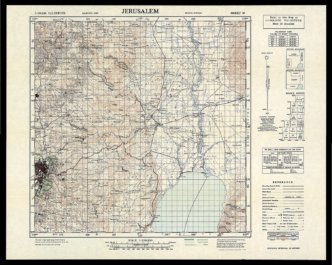 Survey of Palestine 1942–1958, 1:100,000 maps, Survey Department of Palestine Israel enacted Military Order No. 418, titled Order Concerning the [Jordanian] Law for Town, Village, and Building Planning (1966).
Survey of Palestine 1942–1958, 1:100,000 maps, Survey Department of Palestine Israel enacted Military Order No. 418, titled Order Concerning the [Jordanian] Law for Town, Village, and Building Planning (1966).
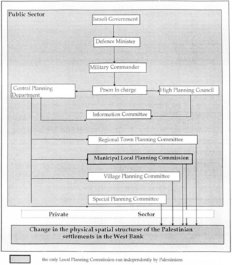 Institutional Arrangements of the Israeli Physical Planning System in the West Bank, Abdel Rahman Abdel Hadi Mahrok (1995, p.126, Fig. 8.2)
Institutional Arrangements of the Israeli Physical Planning System in the West Bank, Abdel Rahman Abdel Hadi Mahrok (1995, p.126, Fig. 8.2)
Through MO 418, Israel effectively excluded Palestinians from planning processes. Over the following decade, Israel issued additional military orders—albeit more slowly—that restricted spatial planning practices to Israeli military personnel only.
Research Office
Me, Amanullah Mojadidi. Who I am…
I received a BA in the late 1990s and an MA in the early 2000s, both in cultural anthropology. I subsequently spent the next 20 years working both as a conceptual artist and a development worker in support of contemporary artistic initiatives in Afghanistan, before returning to academia to pursue a PhD, once again in cultural anthropology. My approach in using anthropology to make art has been to listen to local communities to understand what issues are important to them and then to work with them on defining not only what to represent, but how to represent it. This approach can be seen as falling within what George Marcus has termed “para-ethnographic”, a process in which the ethnographer (or the artist) is “allied with the subject as intellectual partner in coming to terms with the understanding of a shared common object of curiosity” (Holmes and Marcus 2020:29).
Research Office. Geneva Graduate Institute

